-
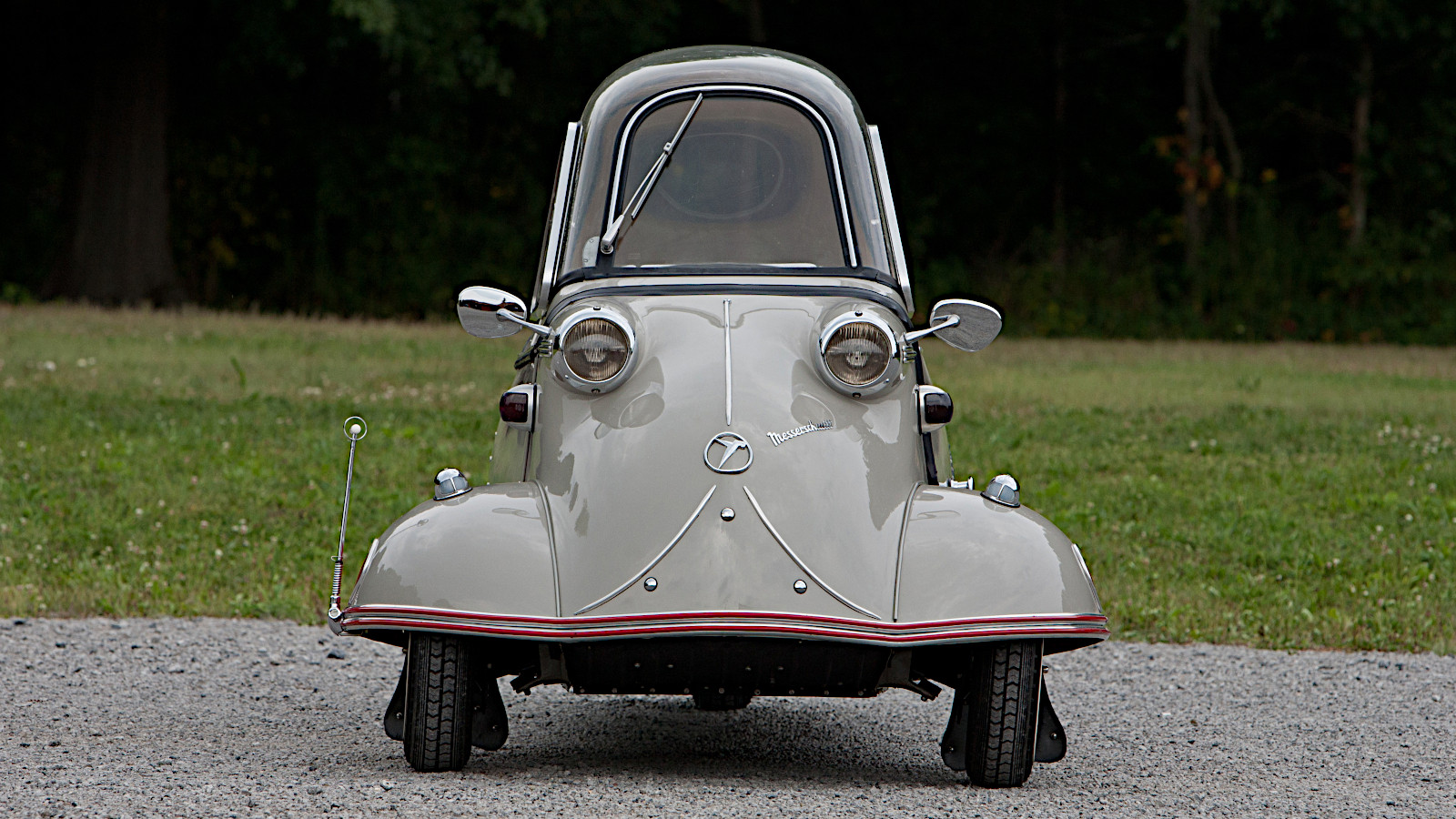 © Jaci Clark/RM Sotheby’s
© Jaci Clark/RM Sotheby’s -
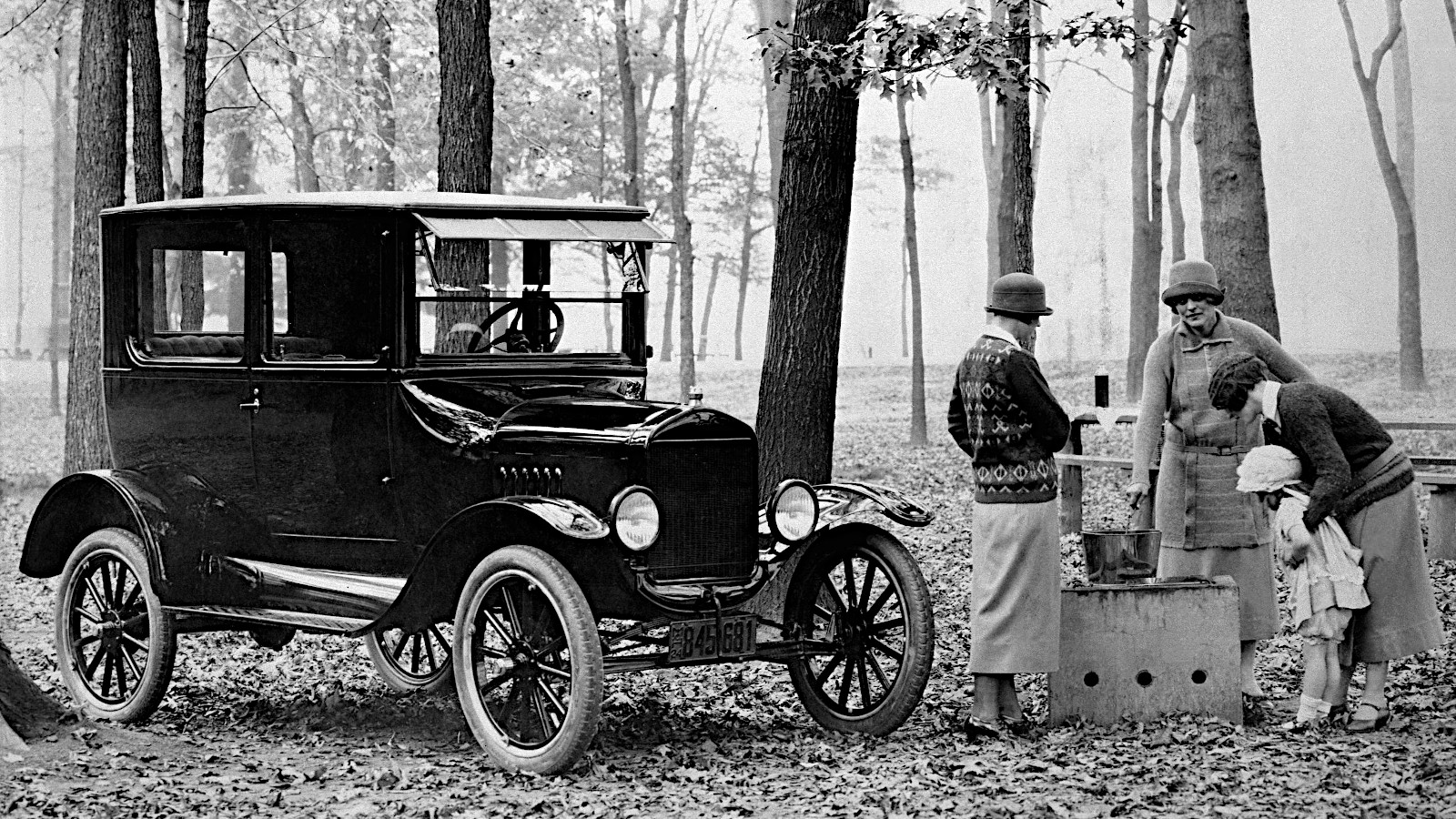 © Ford
© Ford -
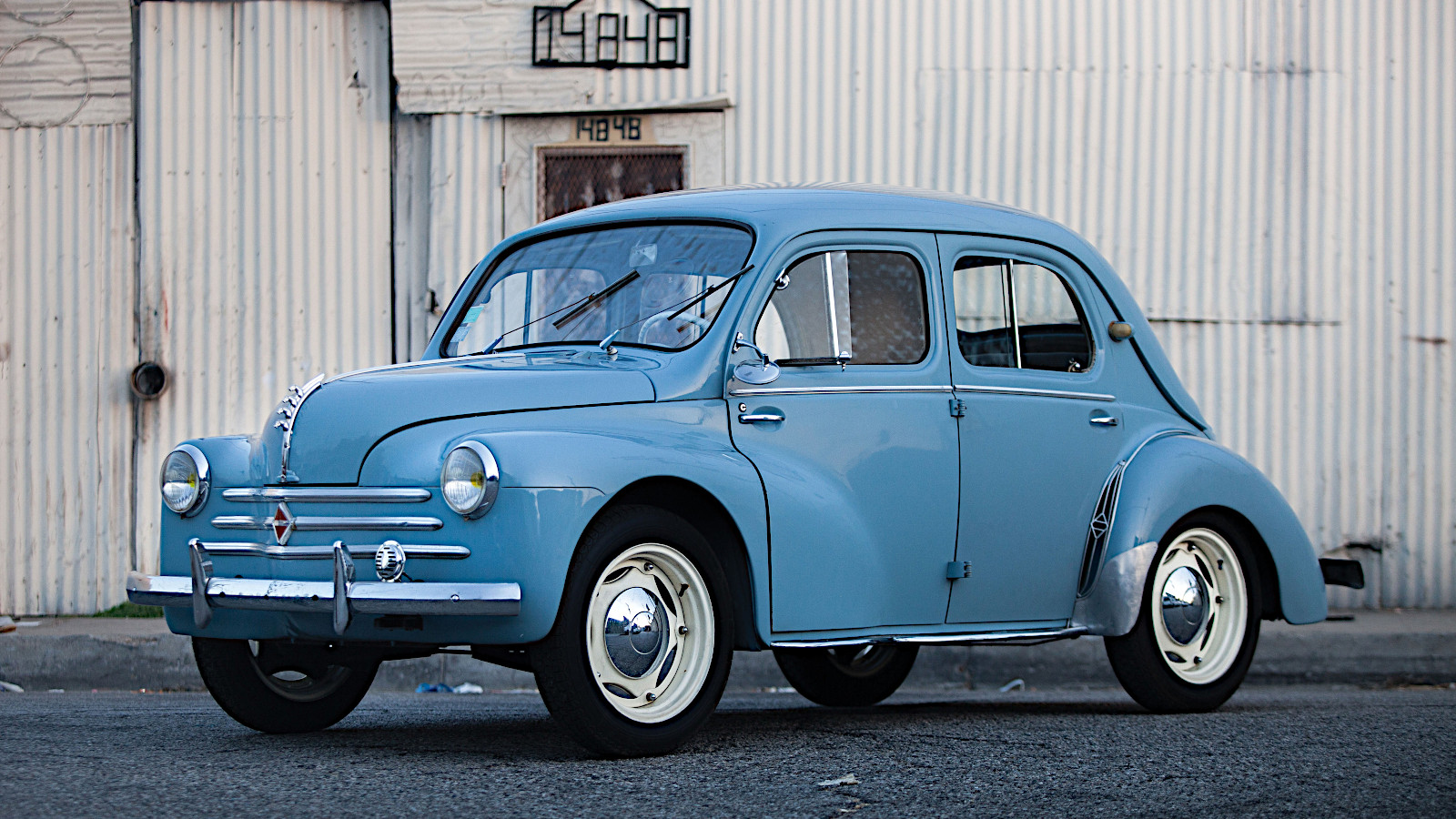 © Karissa Hosek
© Karissa Hosek -
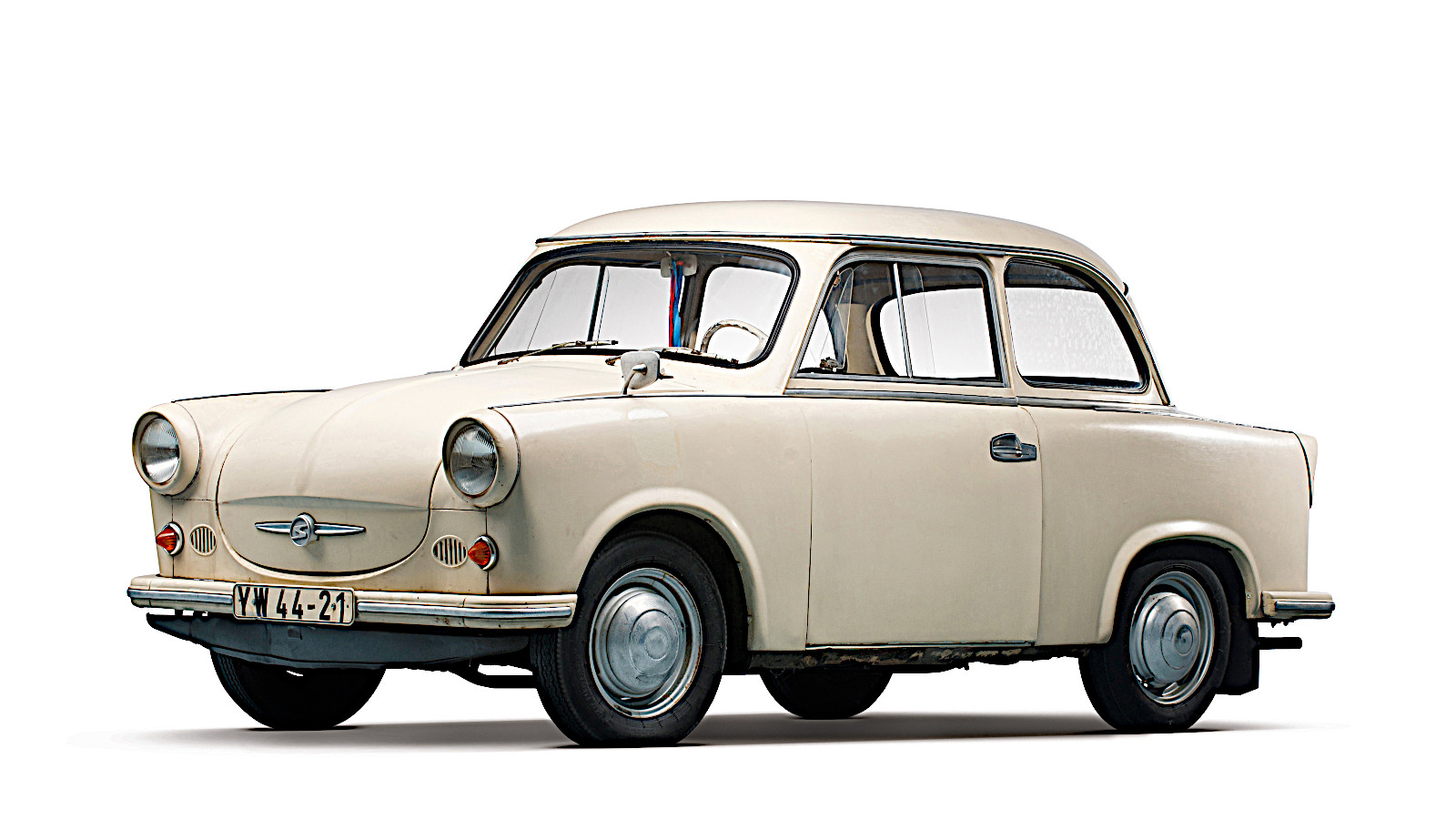 © Darin Schnabel/RM Auctions
© Darin Schnabel/RM Auctions -
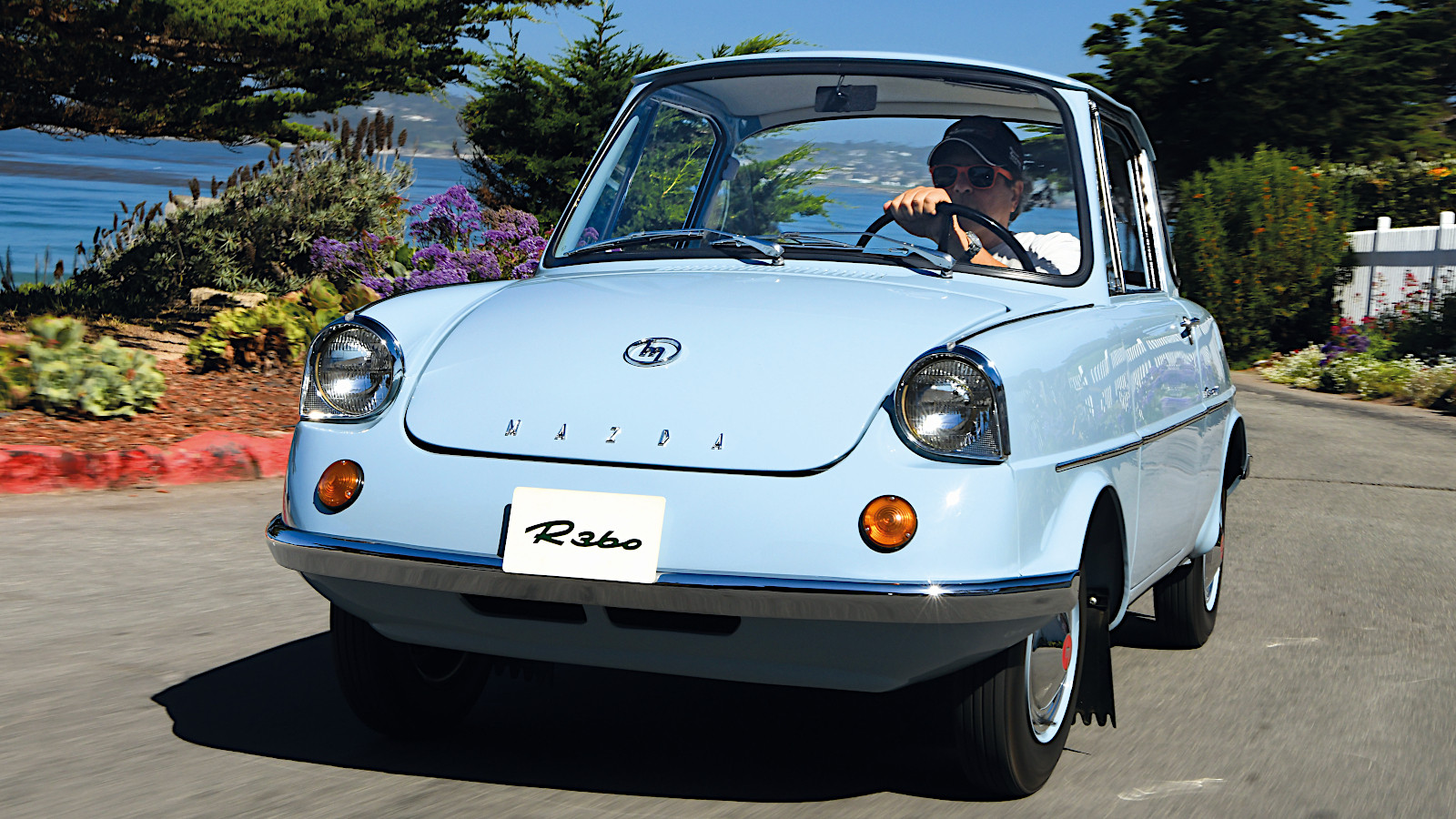 © Jerry Wyszatycki/Classic & Sports Car
© Jerry Wyszatycki/Classic & Sports Car -
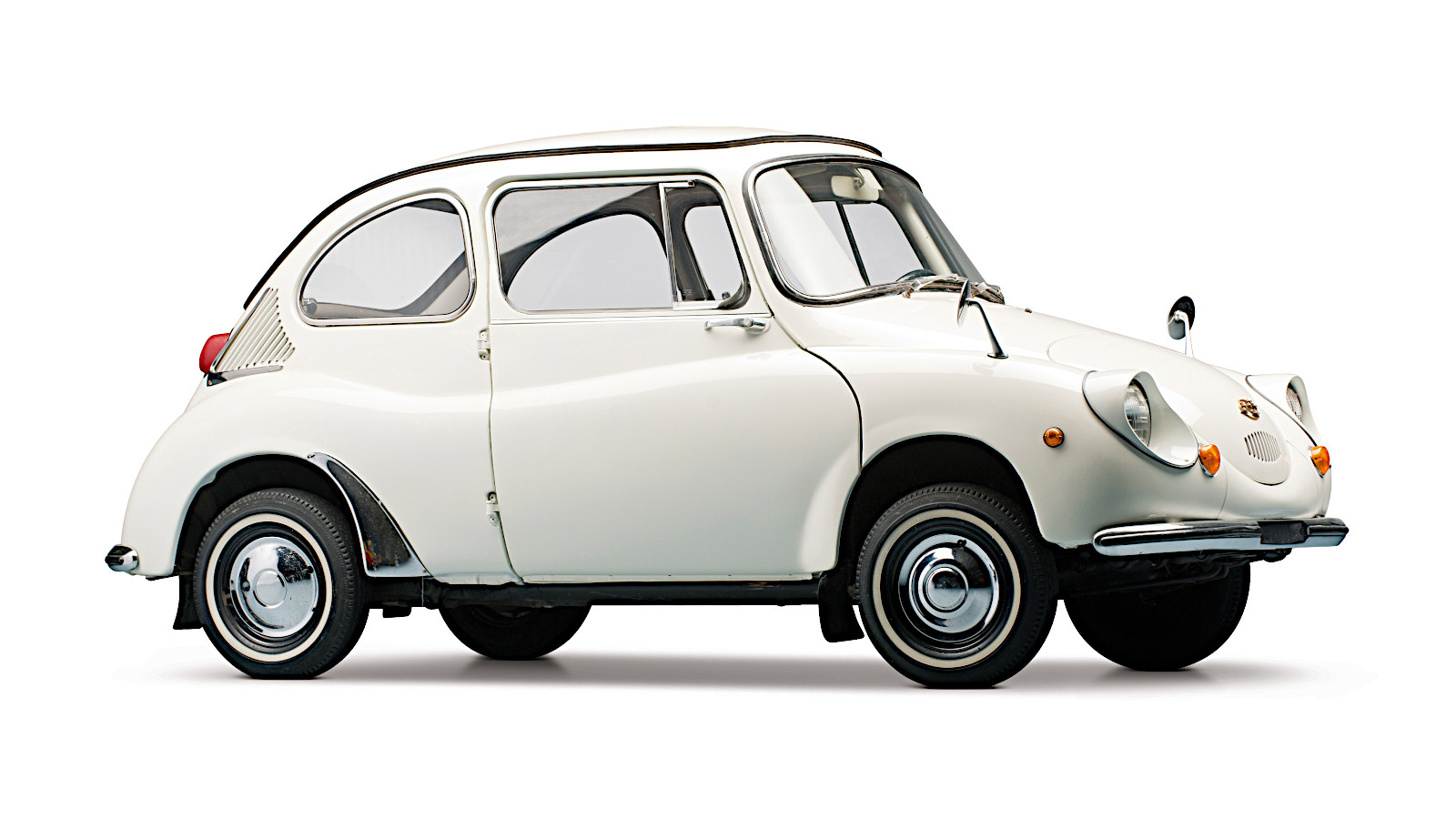 © Darin Schnabel/RM Auctions
© Darin Schnabel/RM Auctions -
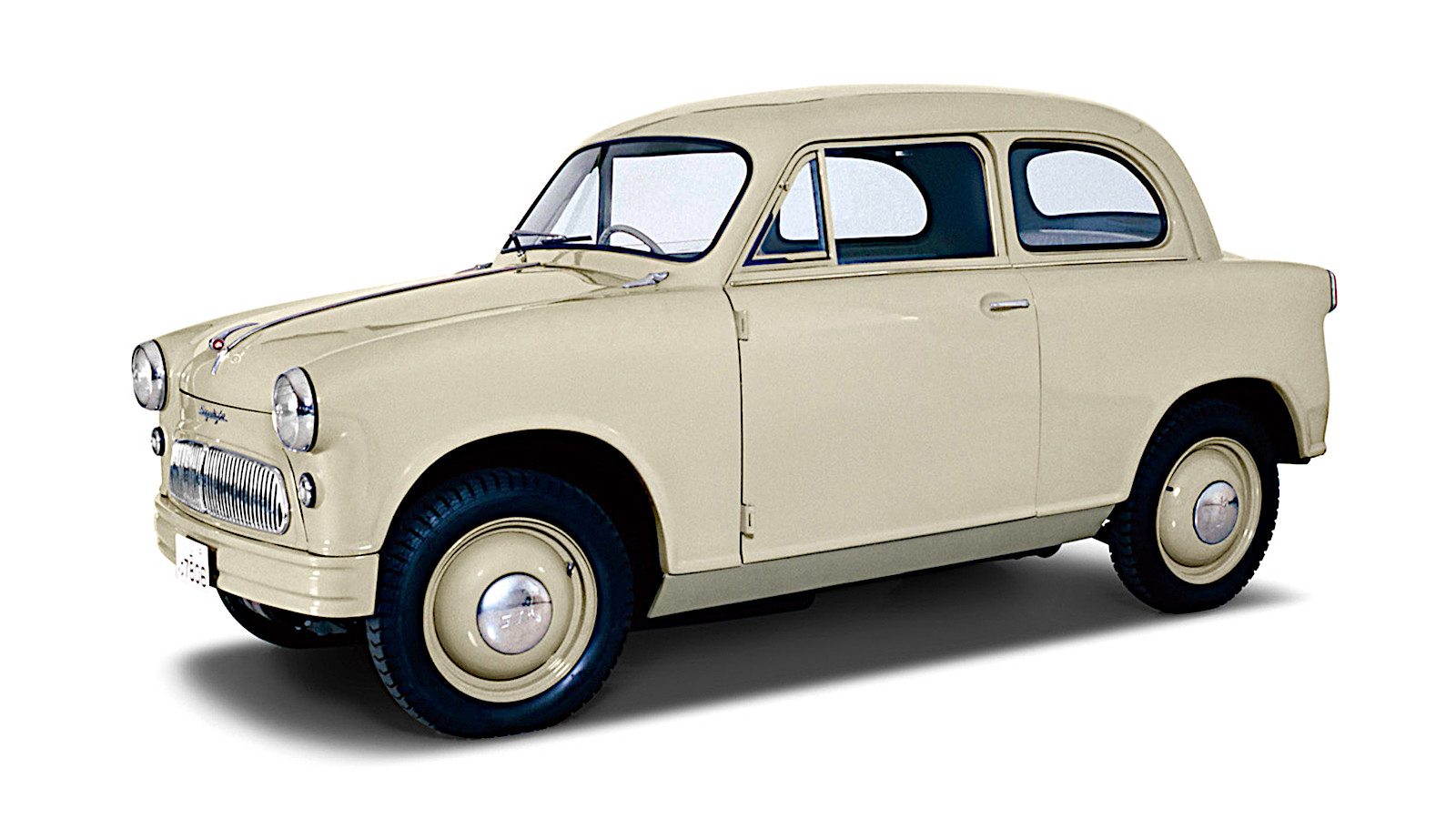 © Suzuki
© Suzuki -
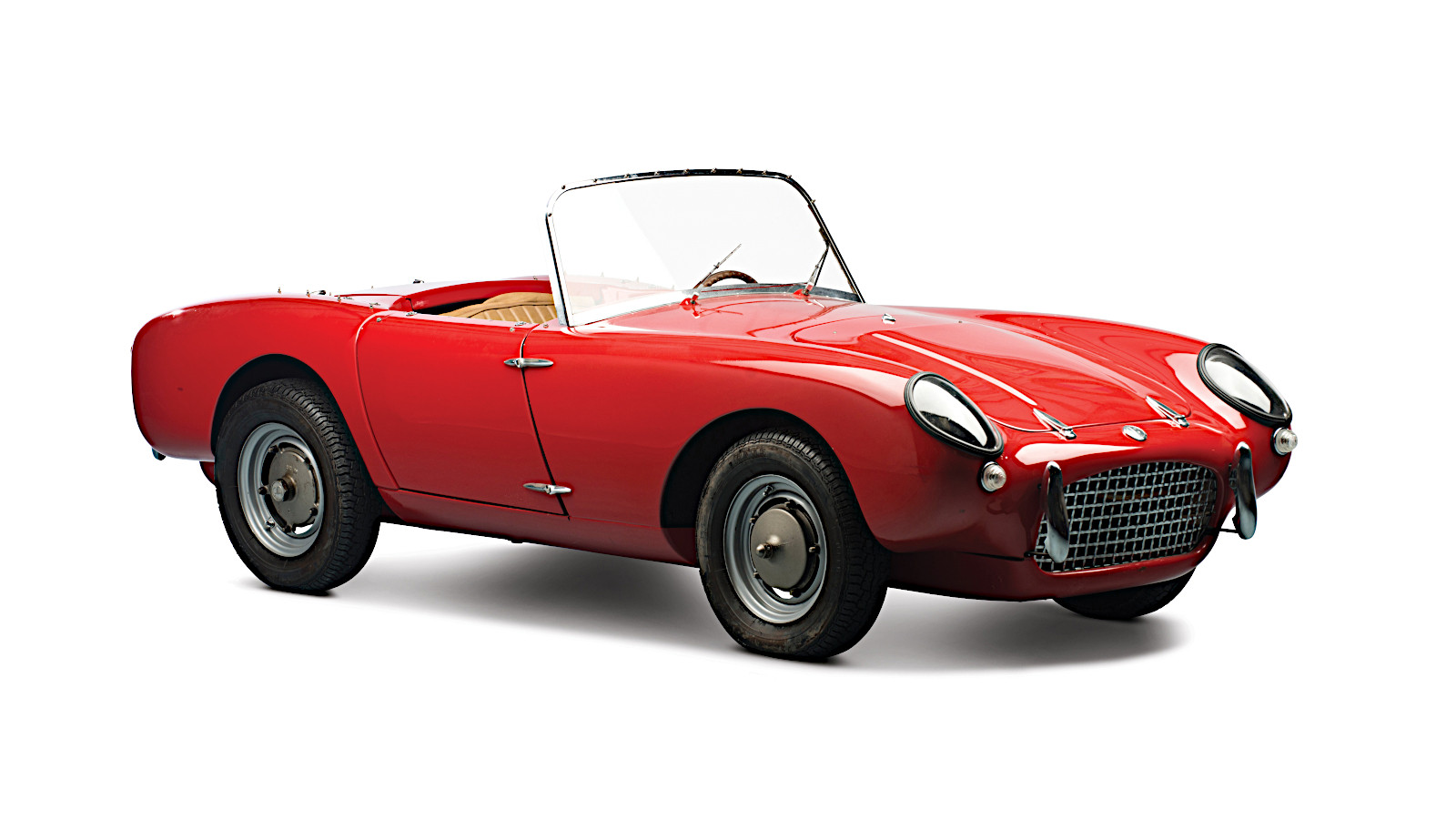 © Darin Schnabel/RM Auctions
© Darin Schnabel/RM Auctions -
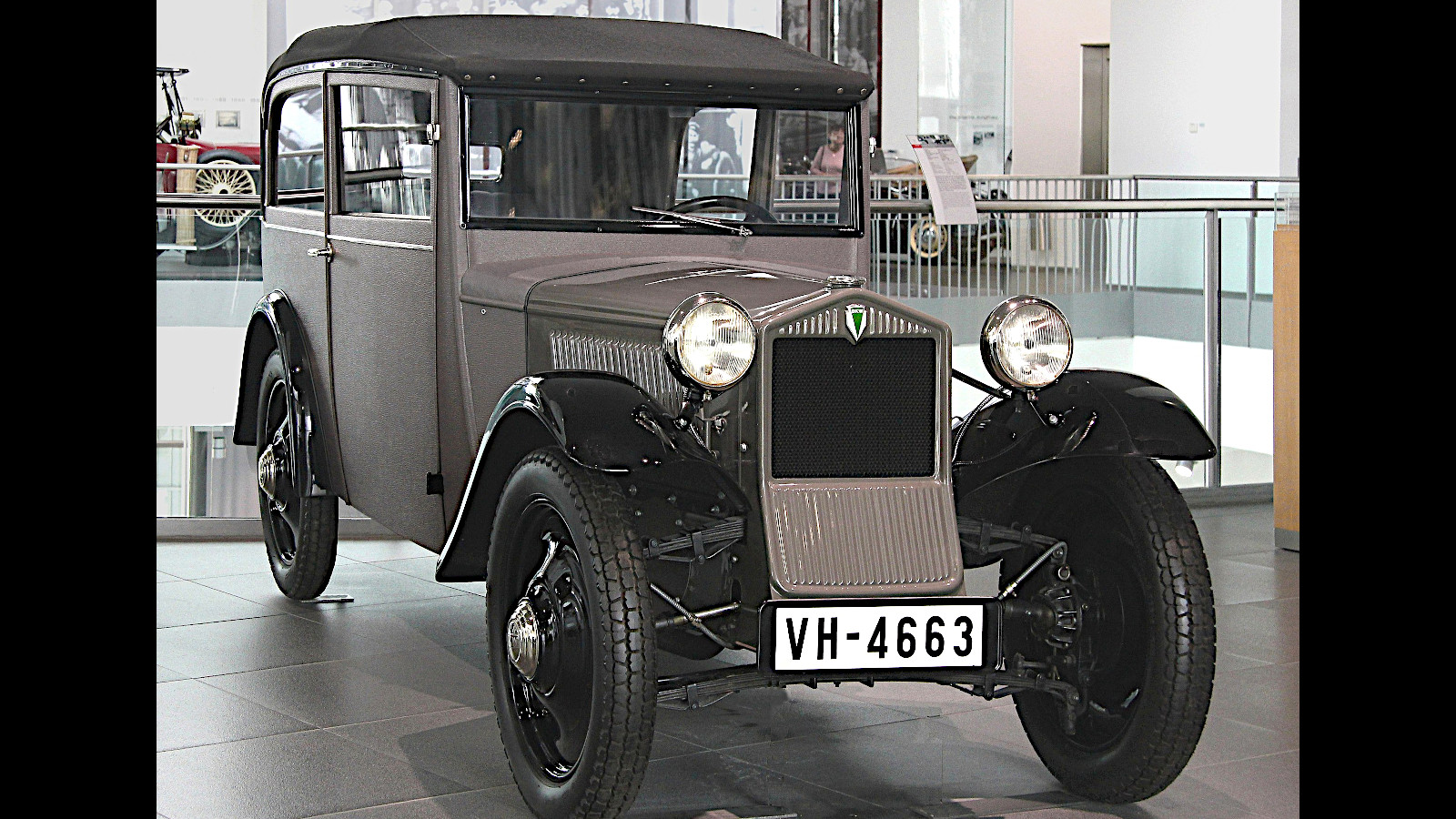 © Lothar Spurzem/Creative Commons https://creativecommons.org/licenses/by-sa/2.0/de/legalcode
© Lothar Spurzem/Creative Commons https://creativecommons.org/licenses/by-sa/2.0/de/legalcode -
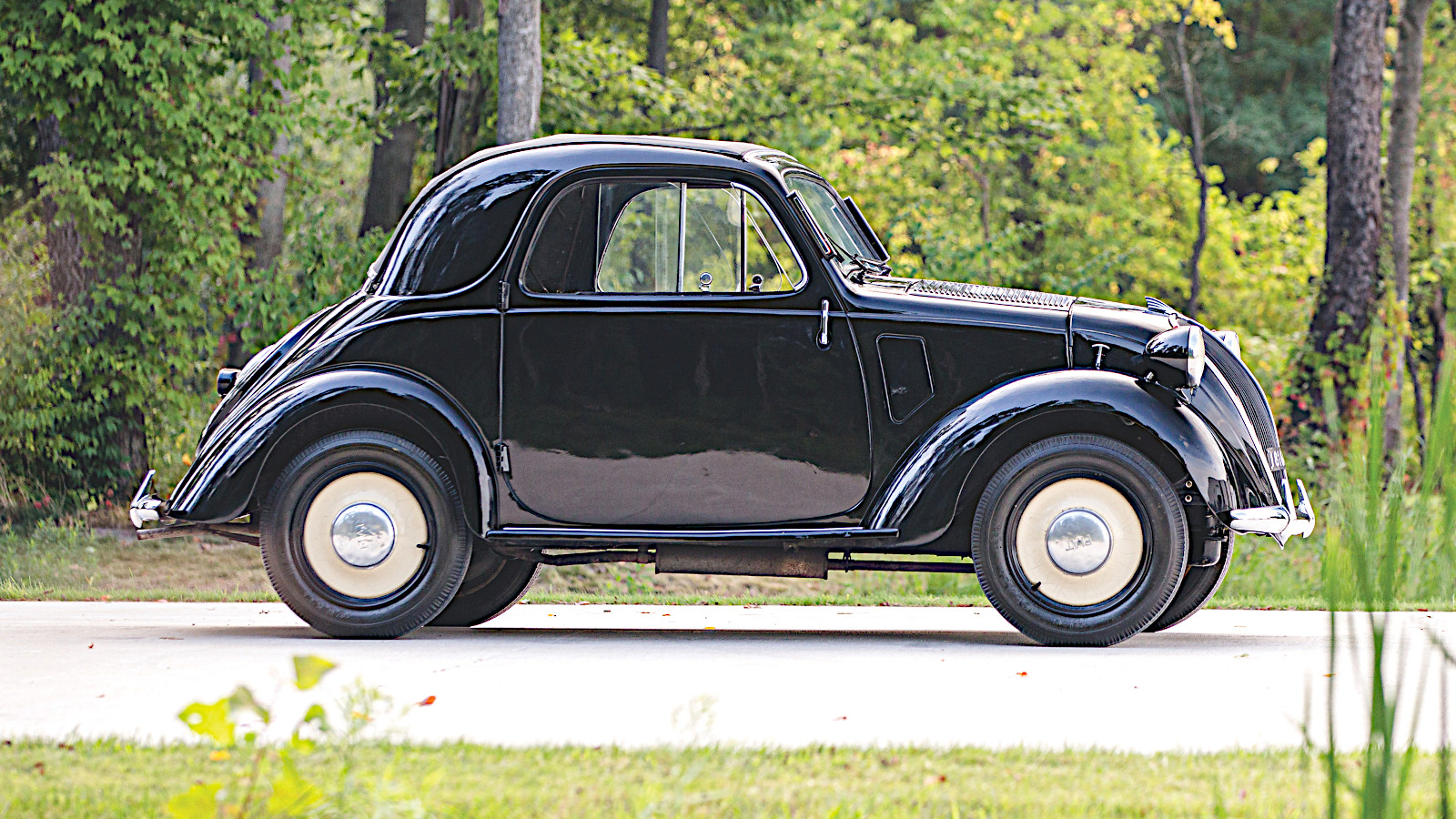 © RM Sotheby’s
© RM Sotheby’s -
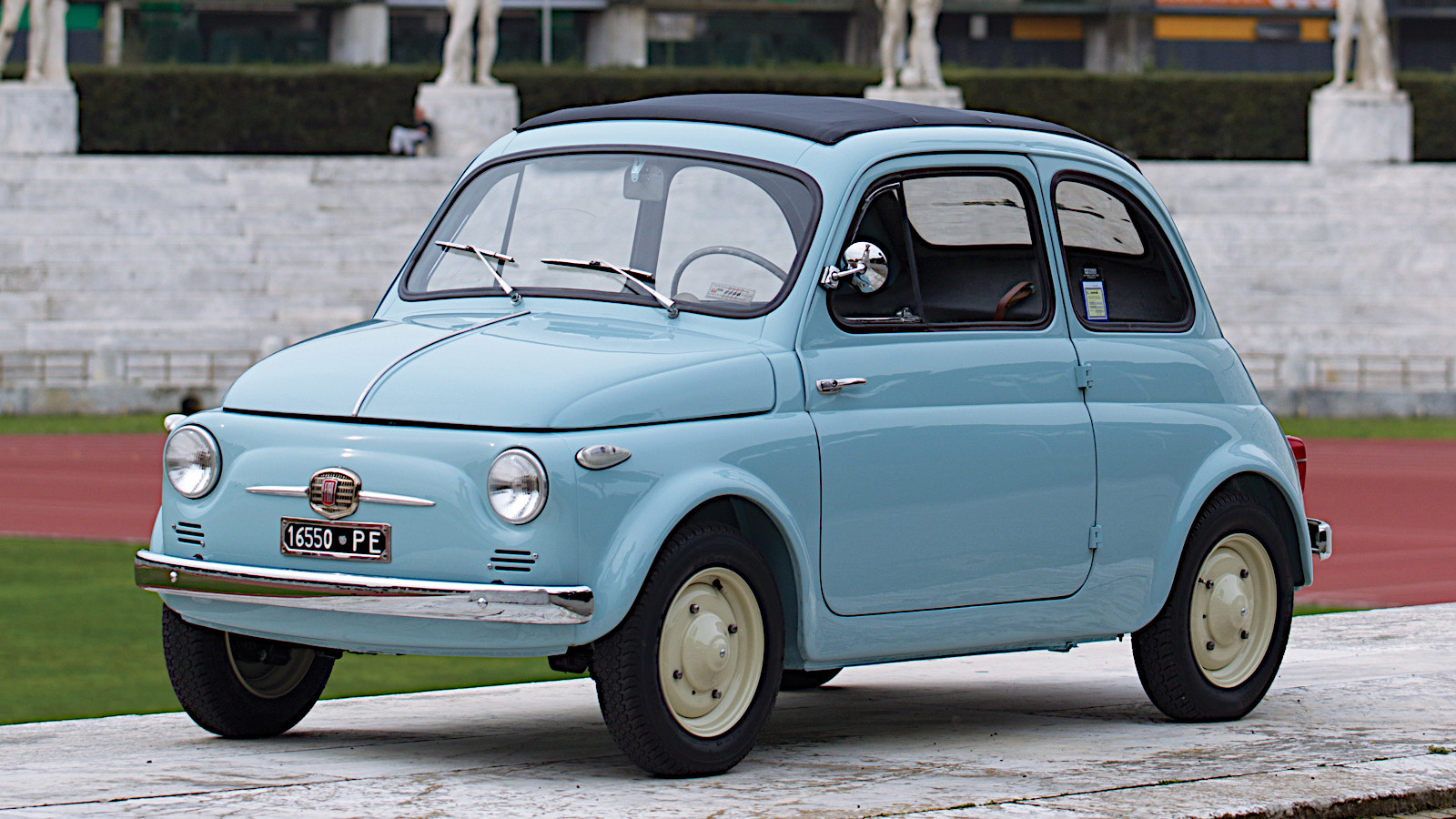 © Cymon Taylor/RM Auctions
© Cymon Taylor/RM Auctions -
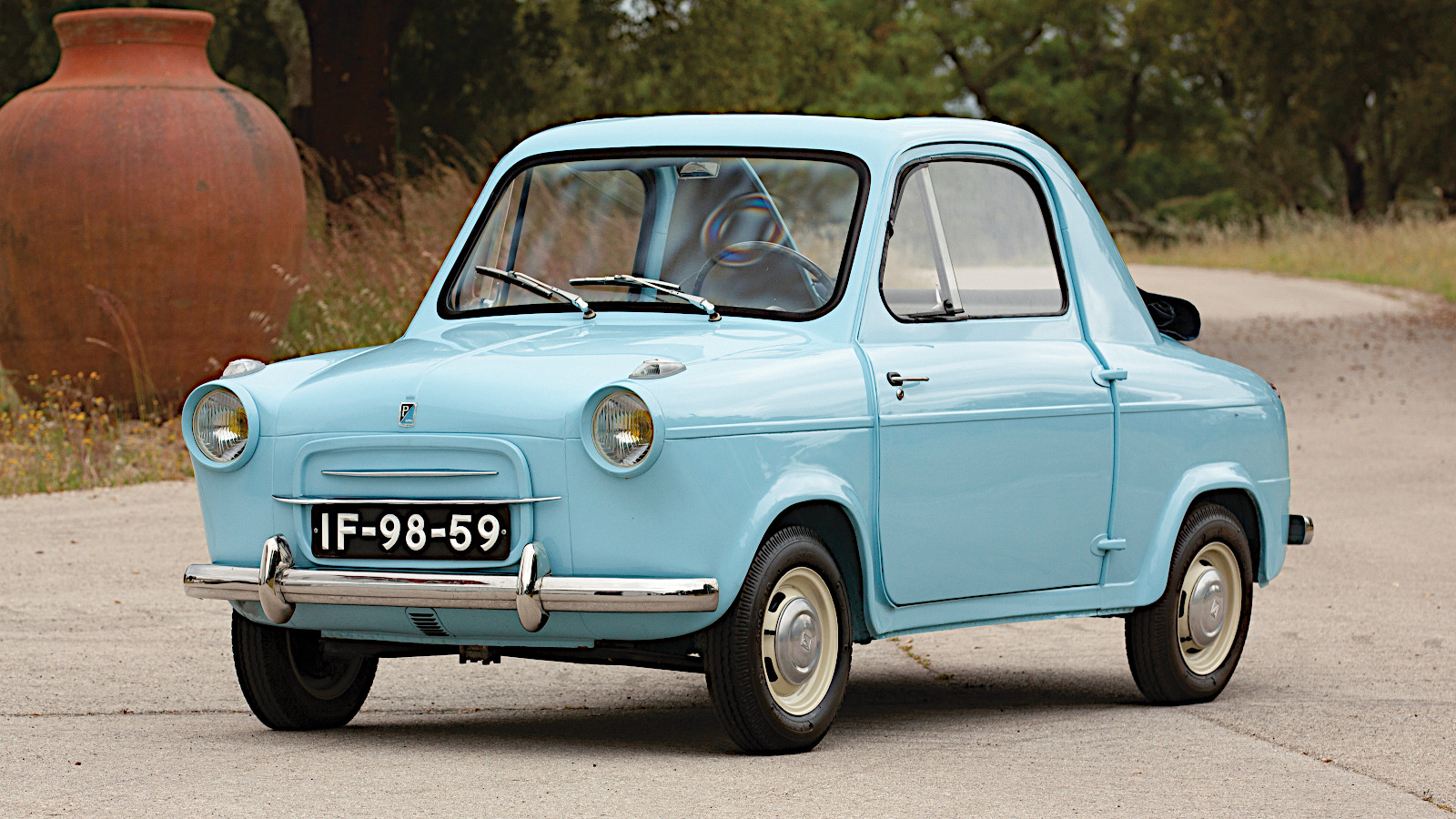 © Tom Gidden/RM Sotheby’s
© Tom Gidden/RM Sotheby’s -
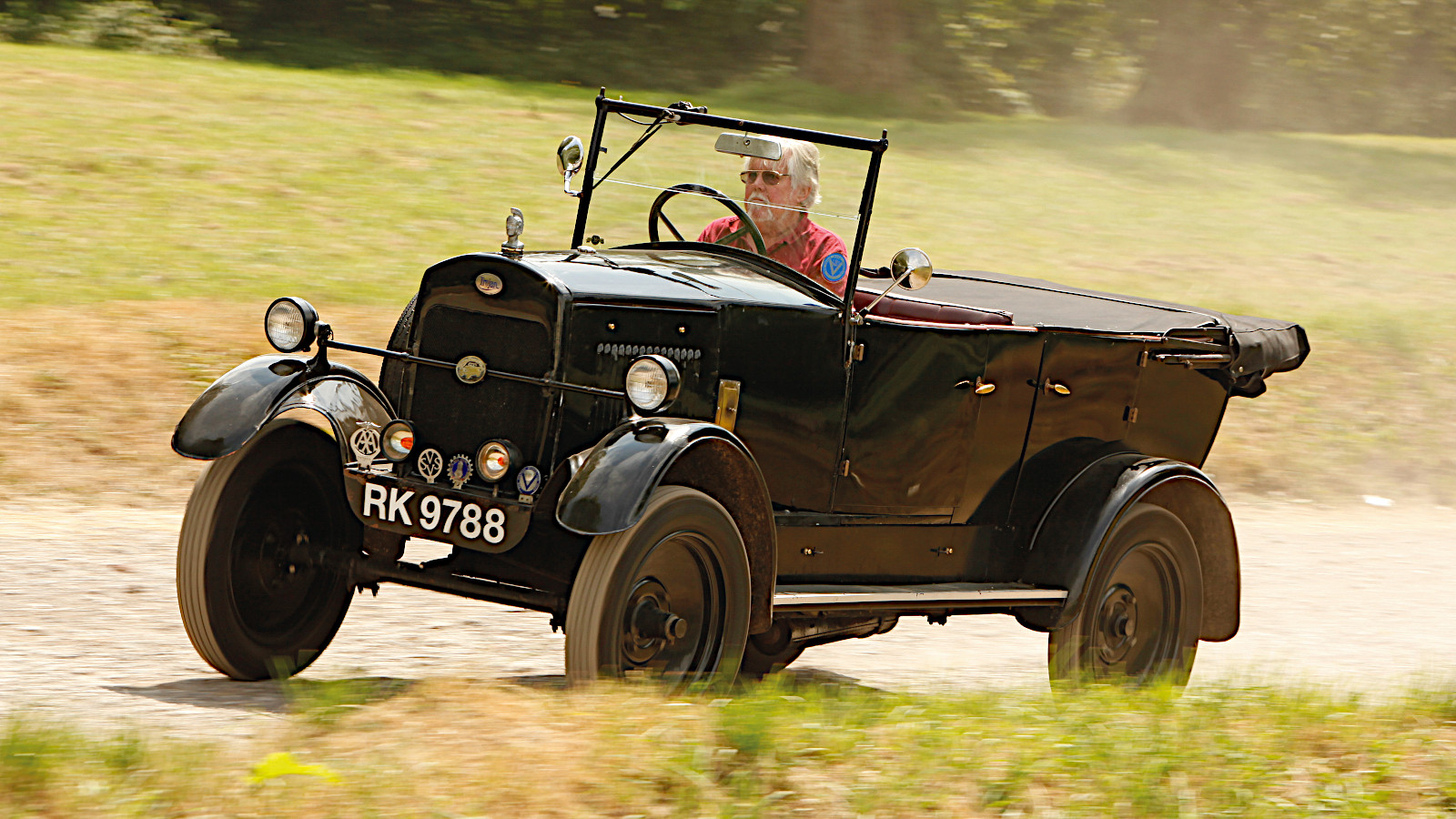 © Tony Baker/Classic & Sports Car
© Tony Baker/Classic & Sports Car -
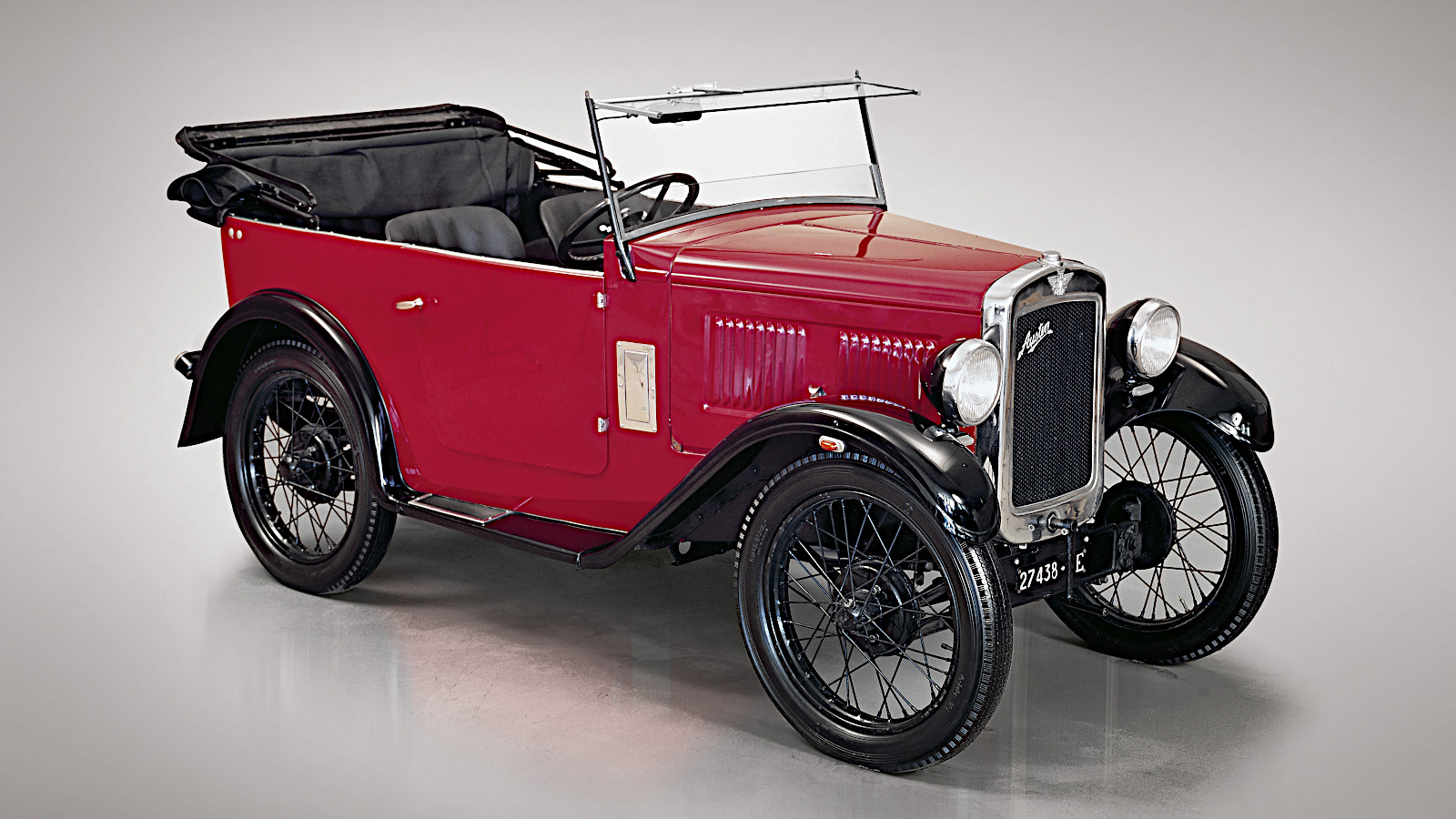 © RM Sotheby’s
© RM Sotheby’s -
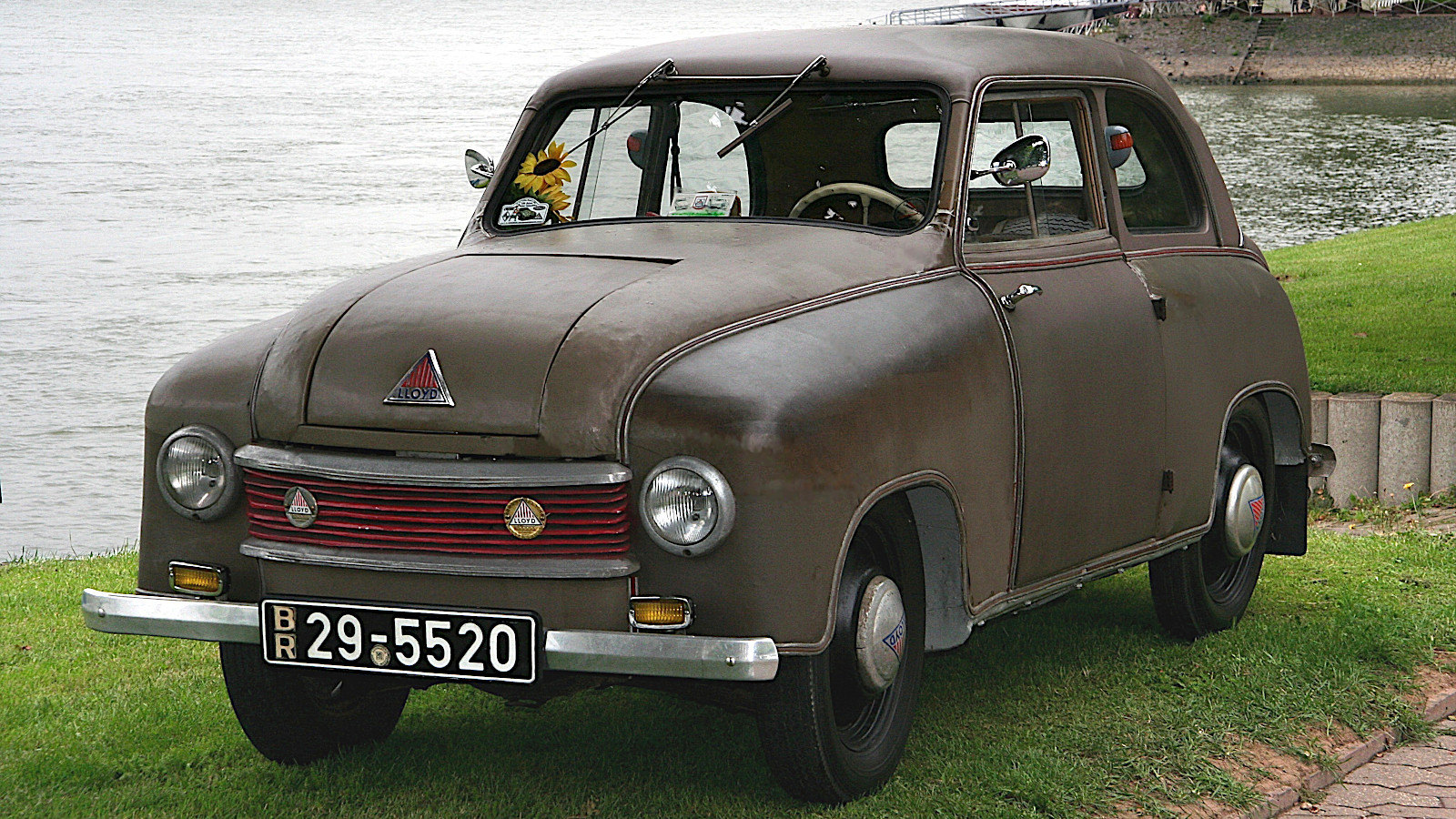 © Lothar Spurzem/Creative Commons https://creativecommons.org/licenses/by-sa/2.0/de/legalcode
© Lothar Spurzem/Creative Commons https://creativecommons.org/licenses/by-sa/2.0/de/legalcode -
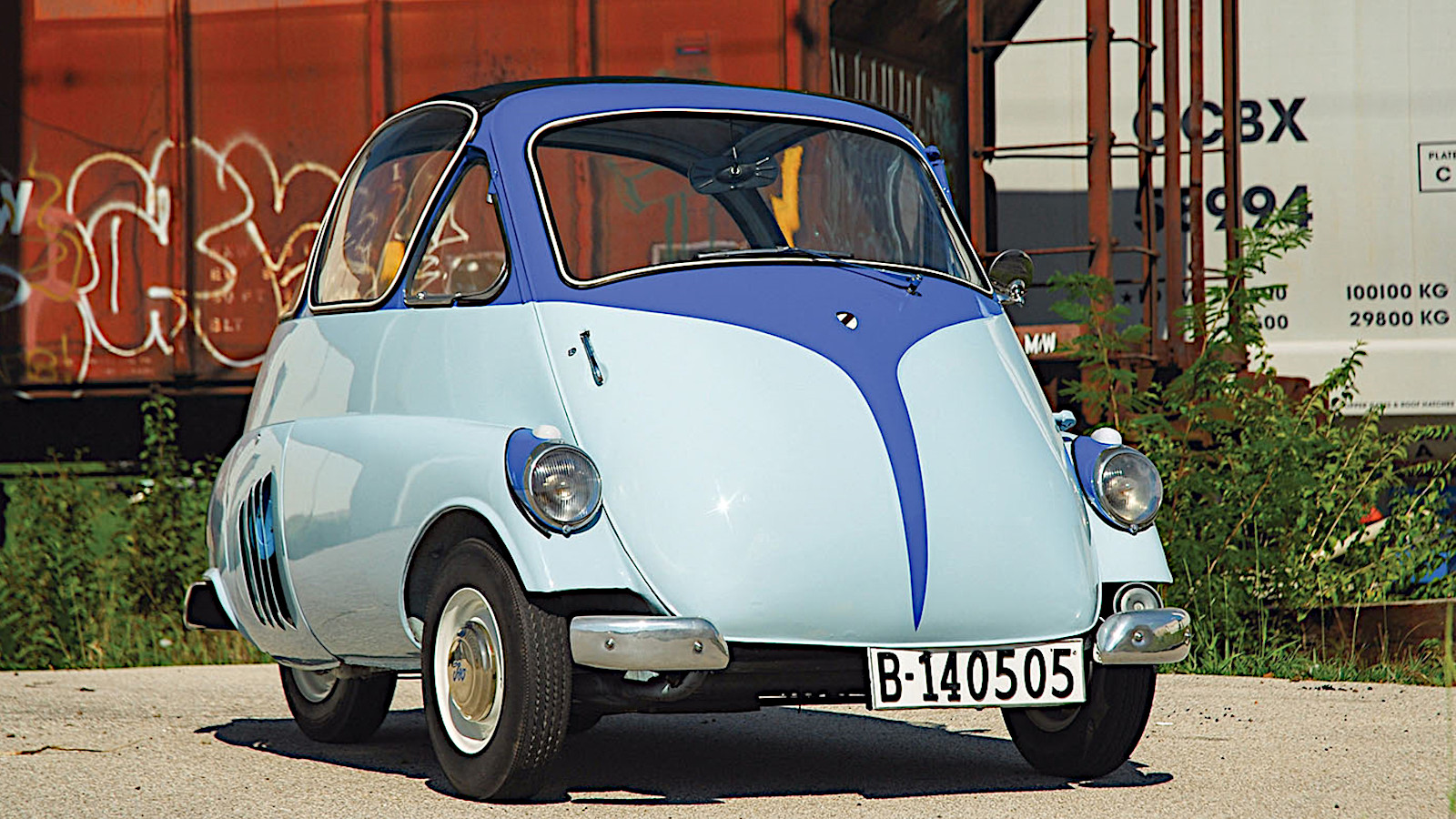 © RM Sotheby’s
© RM Sotheby’s -
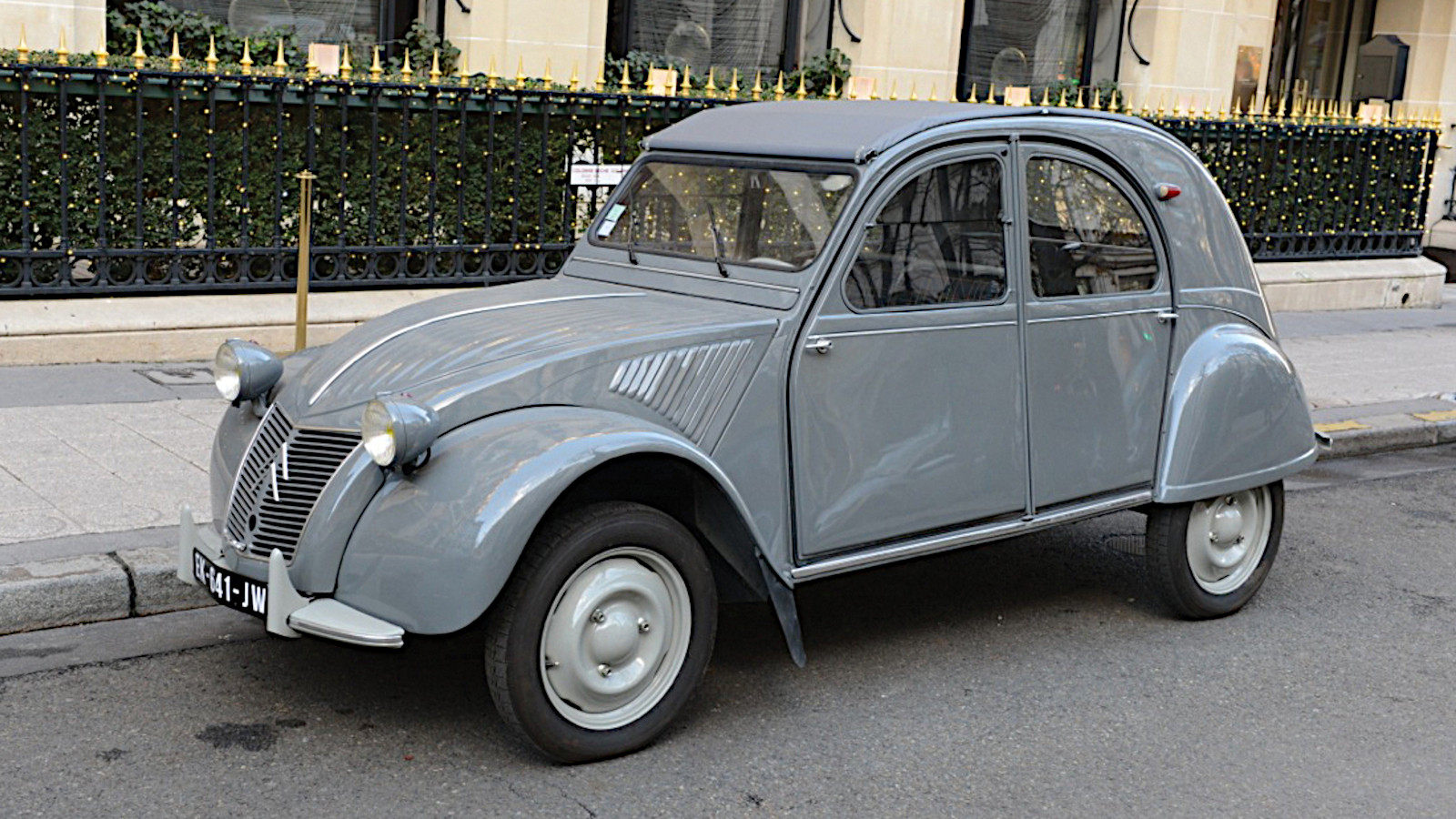 © RM Sotheby’s
© RM Sotheby’s -
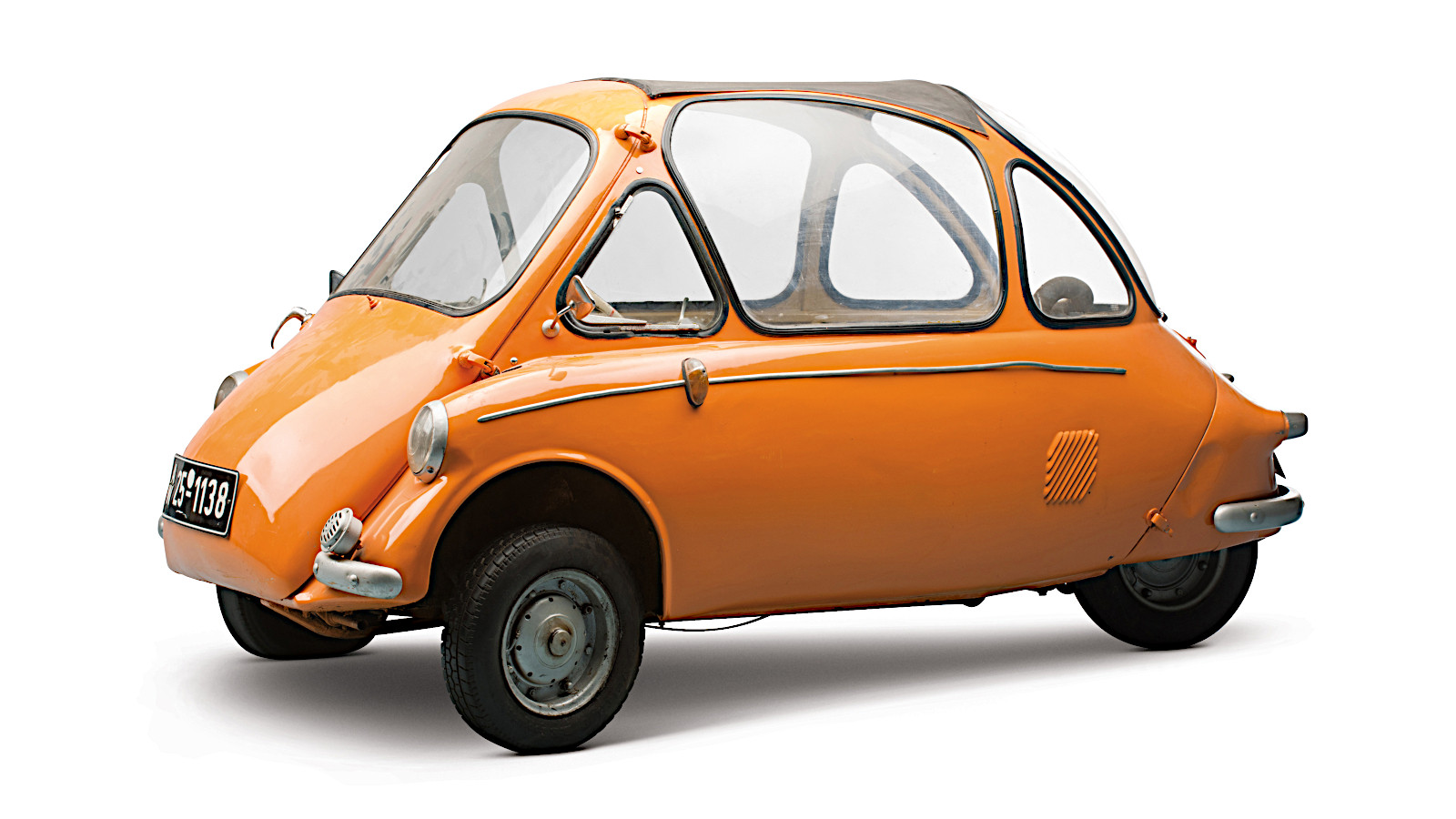 © RM Sotheby’s
© RM Sotheby’s -
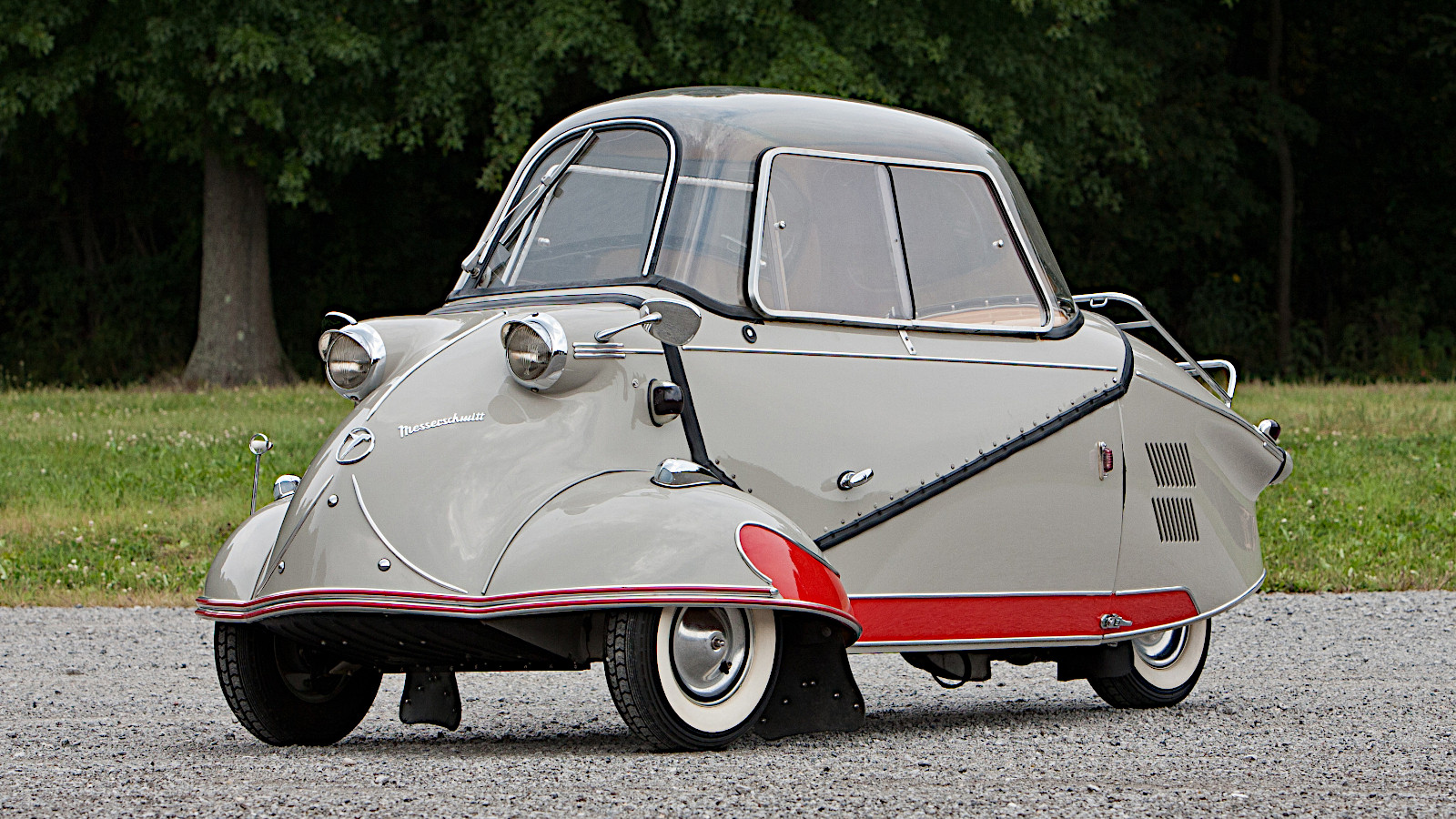 © Jaci Clark/RM Sotheby’s
© Jaci Clark/RM Sotheby’s -
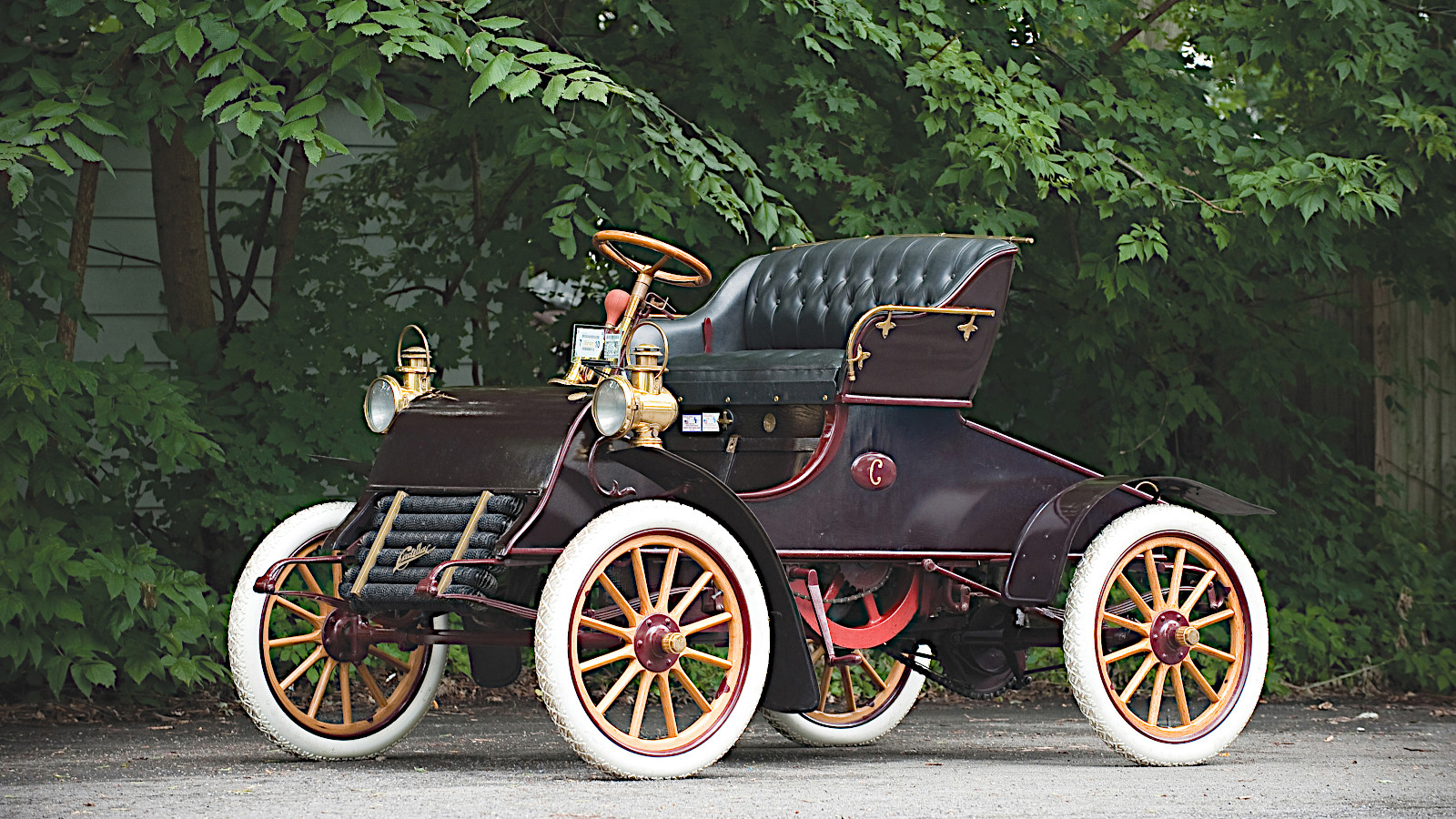 © RM Sotheby’s
© RM Sotheby’s -
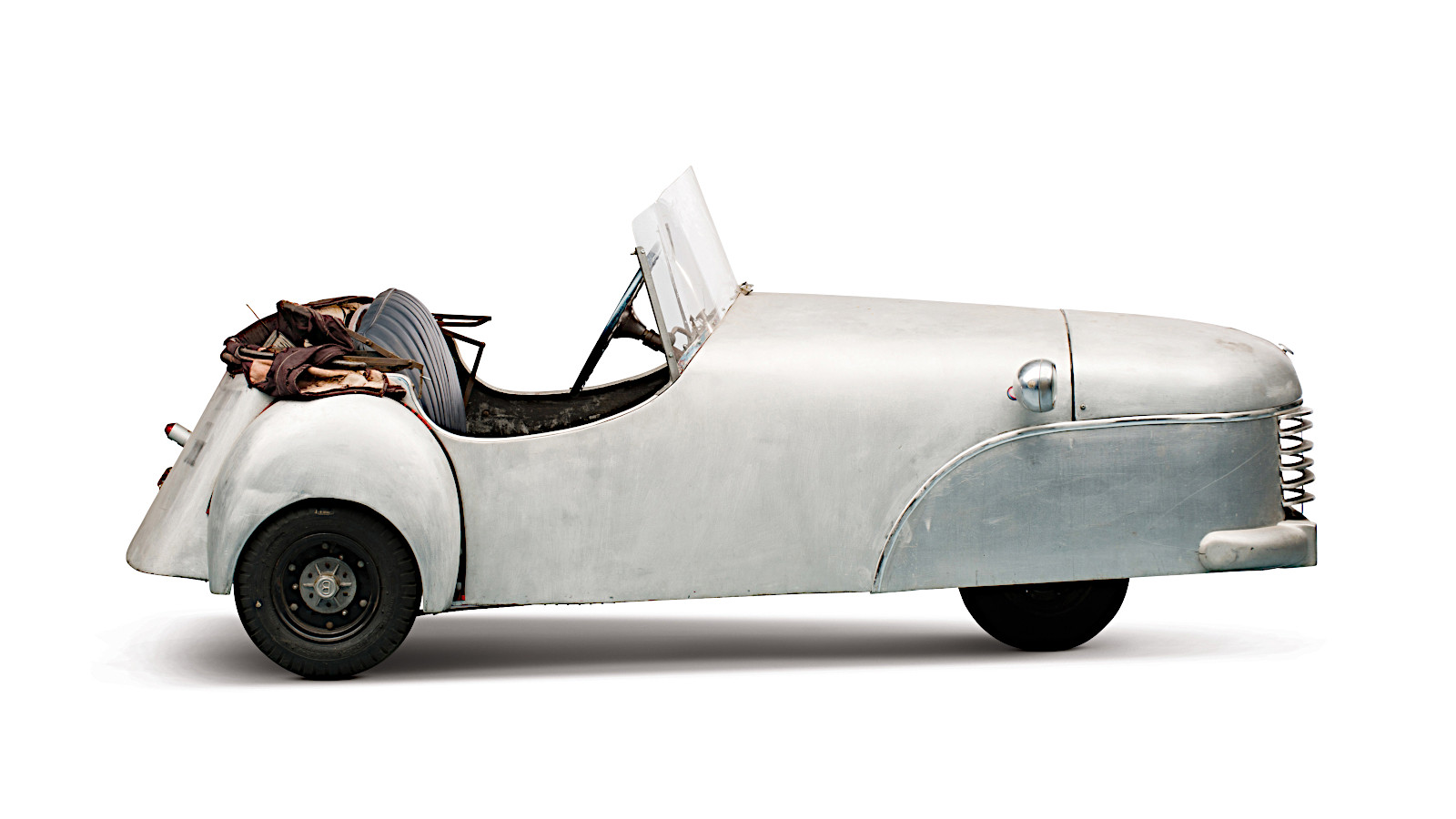 © RM Sotheby’s
© RM Sotheby’s -
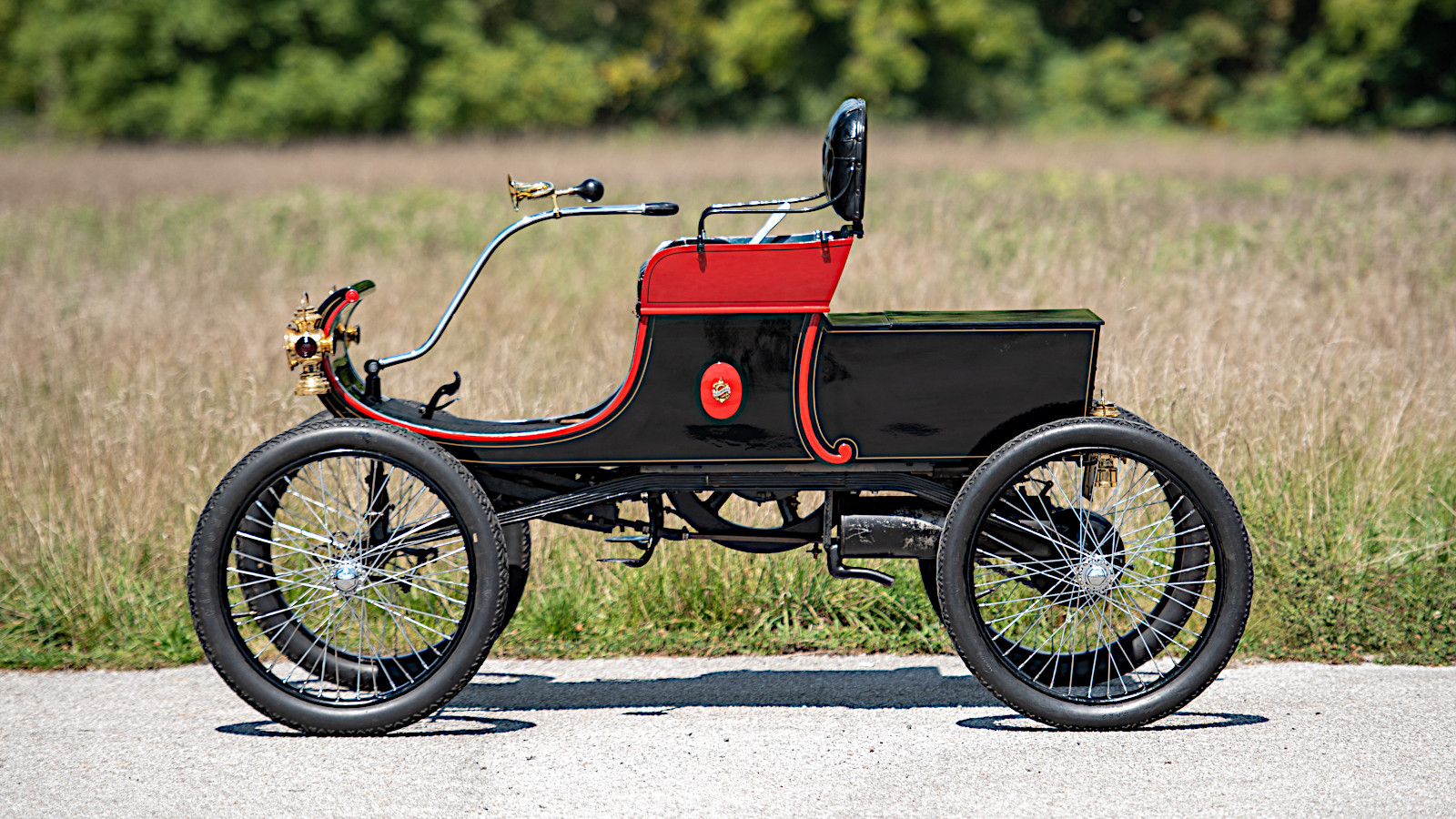 © RM Sotheby’s
© RM Sotheby’s -
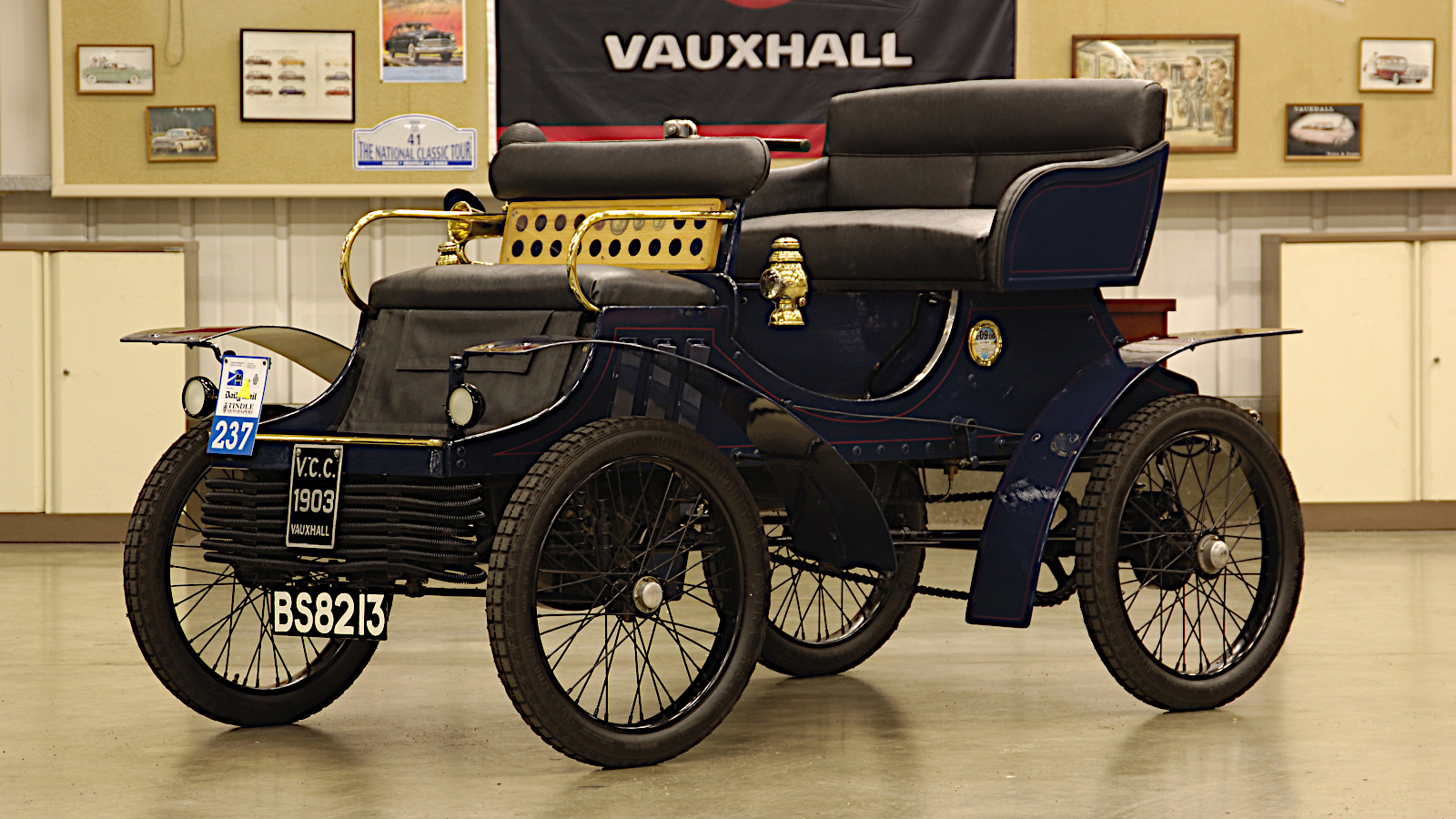 © Stellantis
© Stellantis -
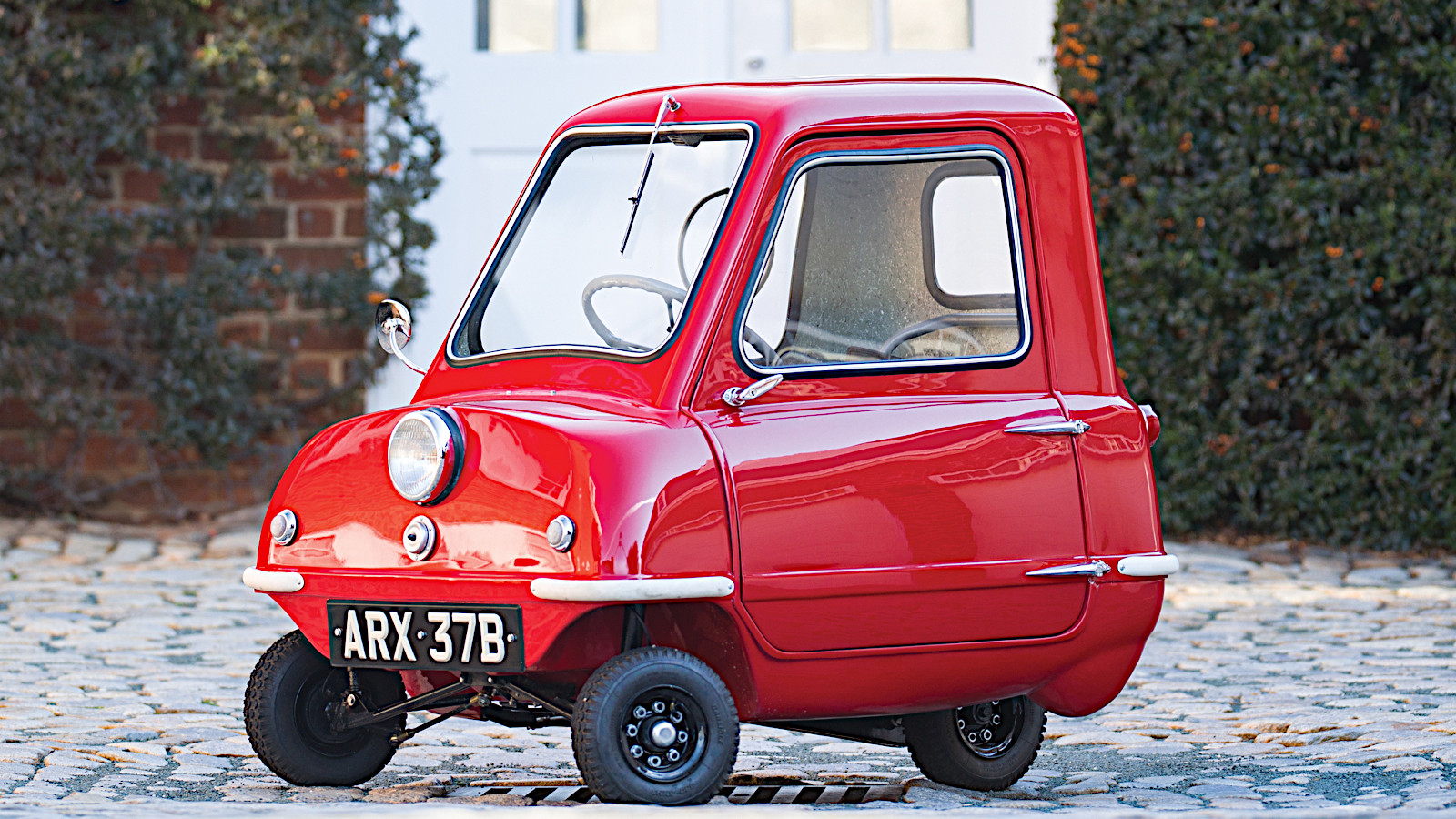 © Greg Keysar/RM Sotheby’s
© Greg Keysar/RM Sotheby’s -
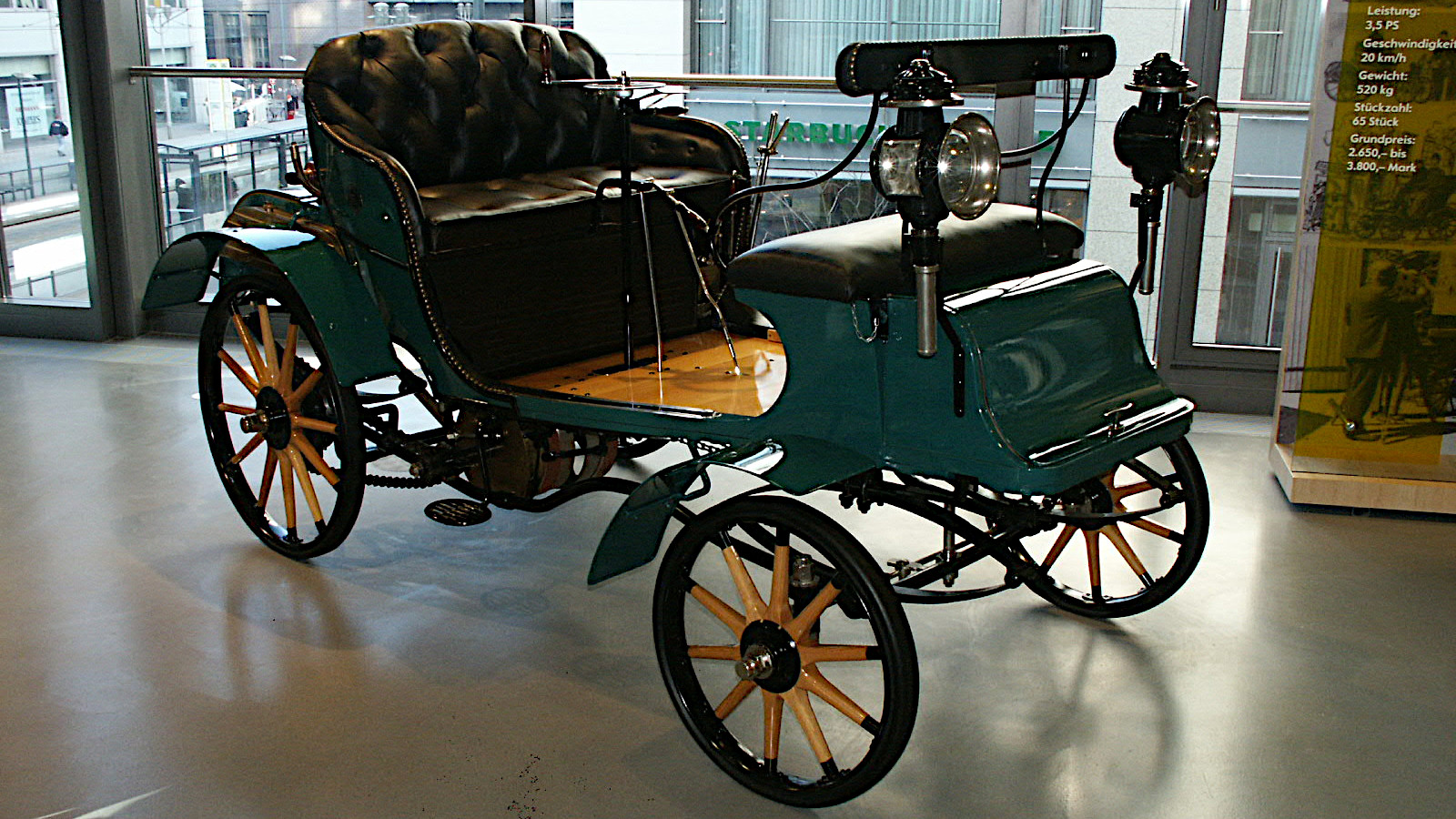 © Späth Chr./Public domain
© Späth Chr./Public domain -
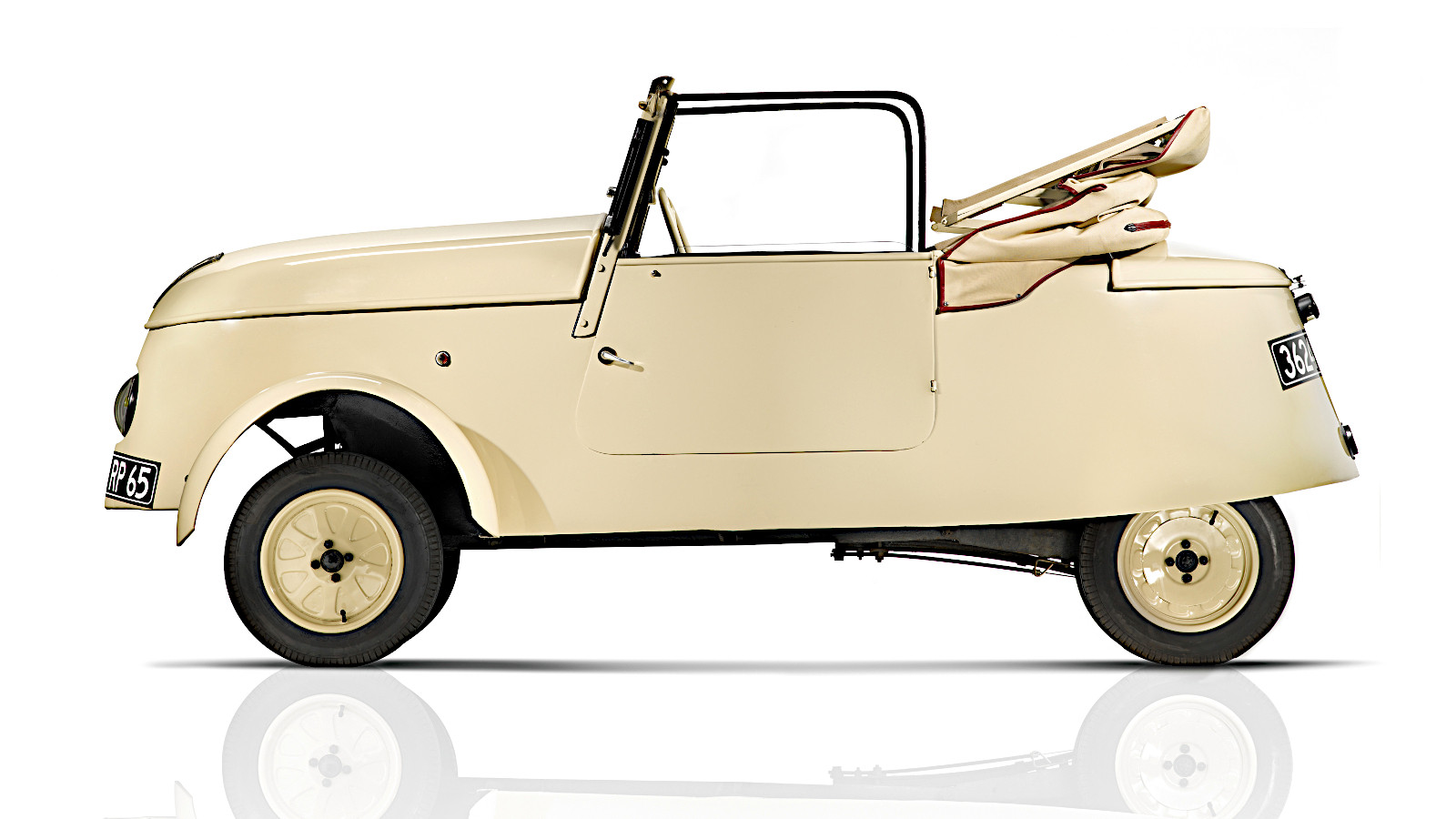 © Stellantis
© Stellantis -
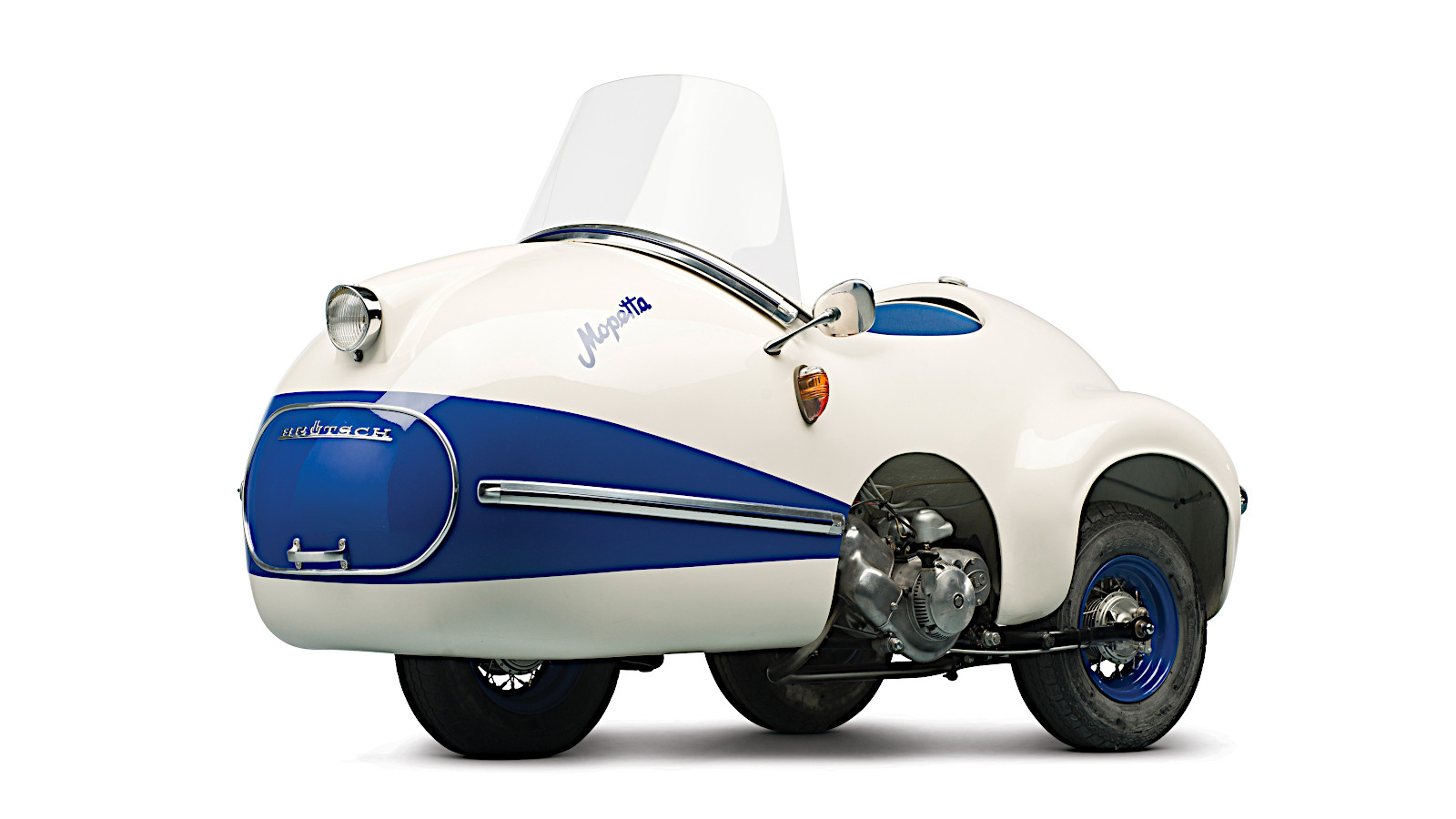 © Darin Schnabel/RM Auctions
© Darin Schnabel/RM Auctions -
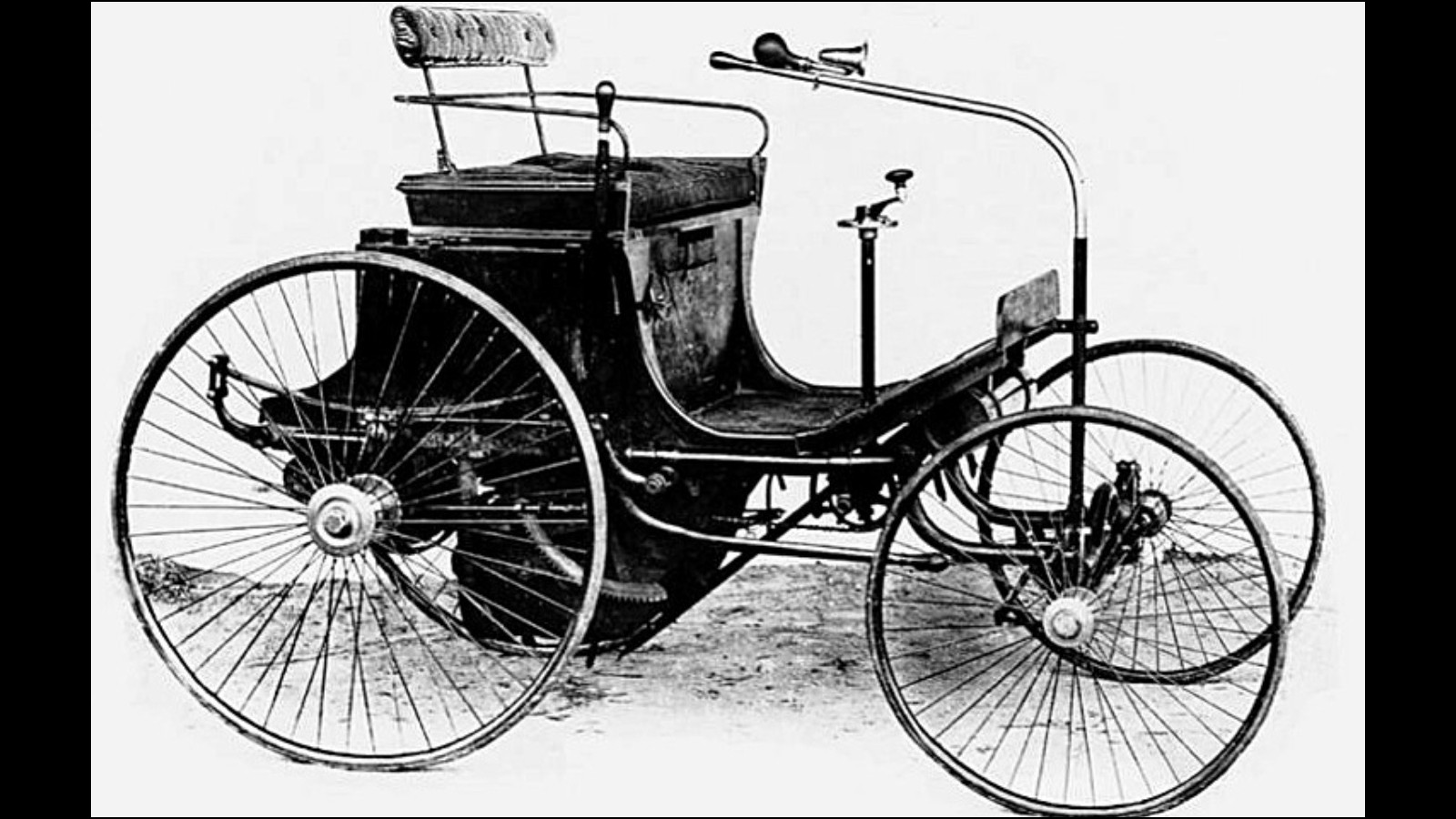 © Public domain
© Public domain -
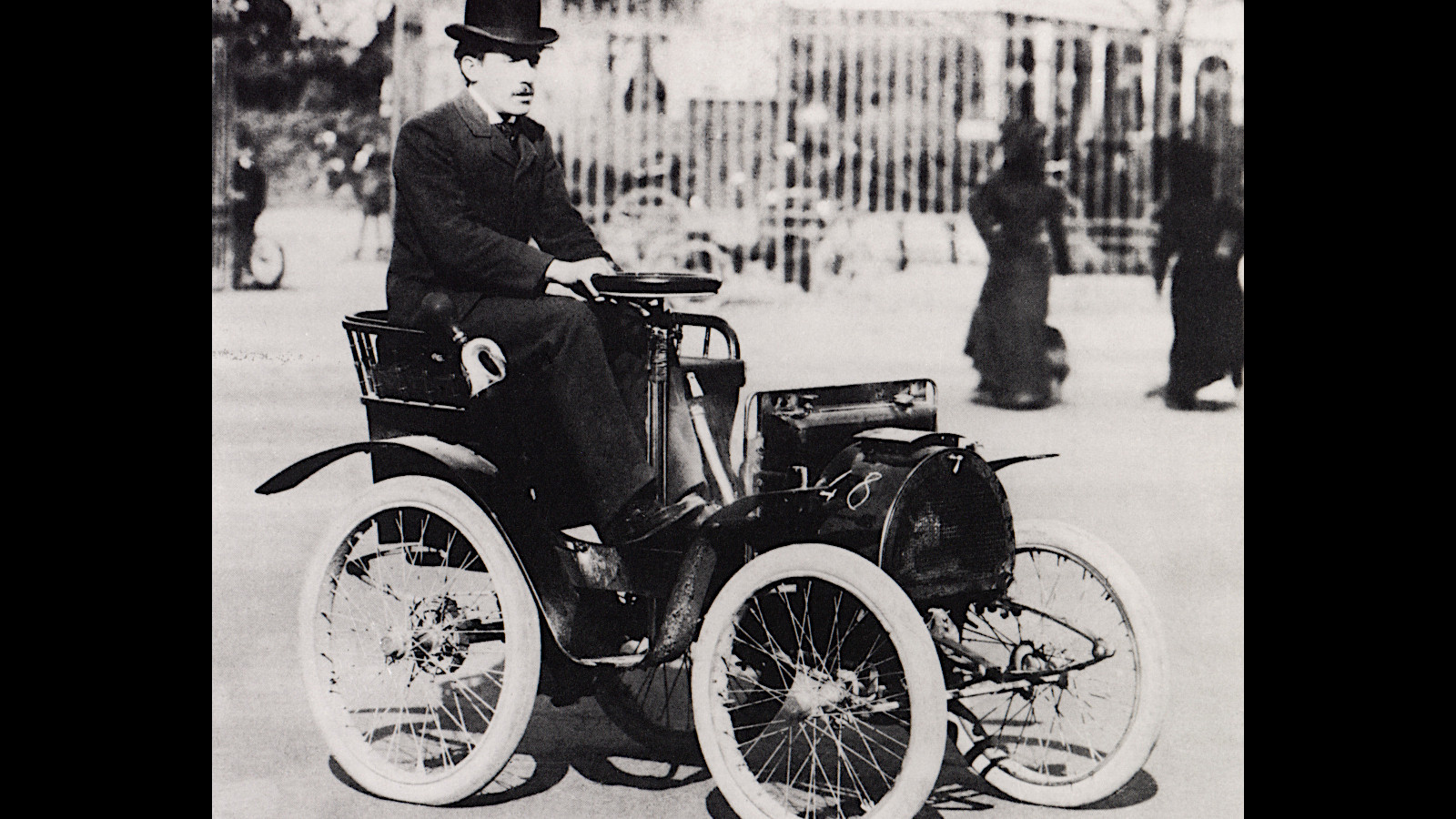 © Renault
© Renault -
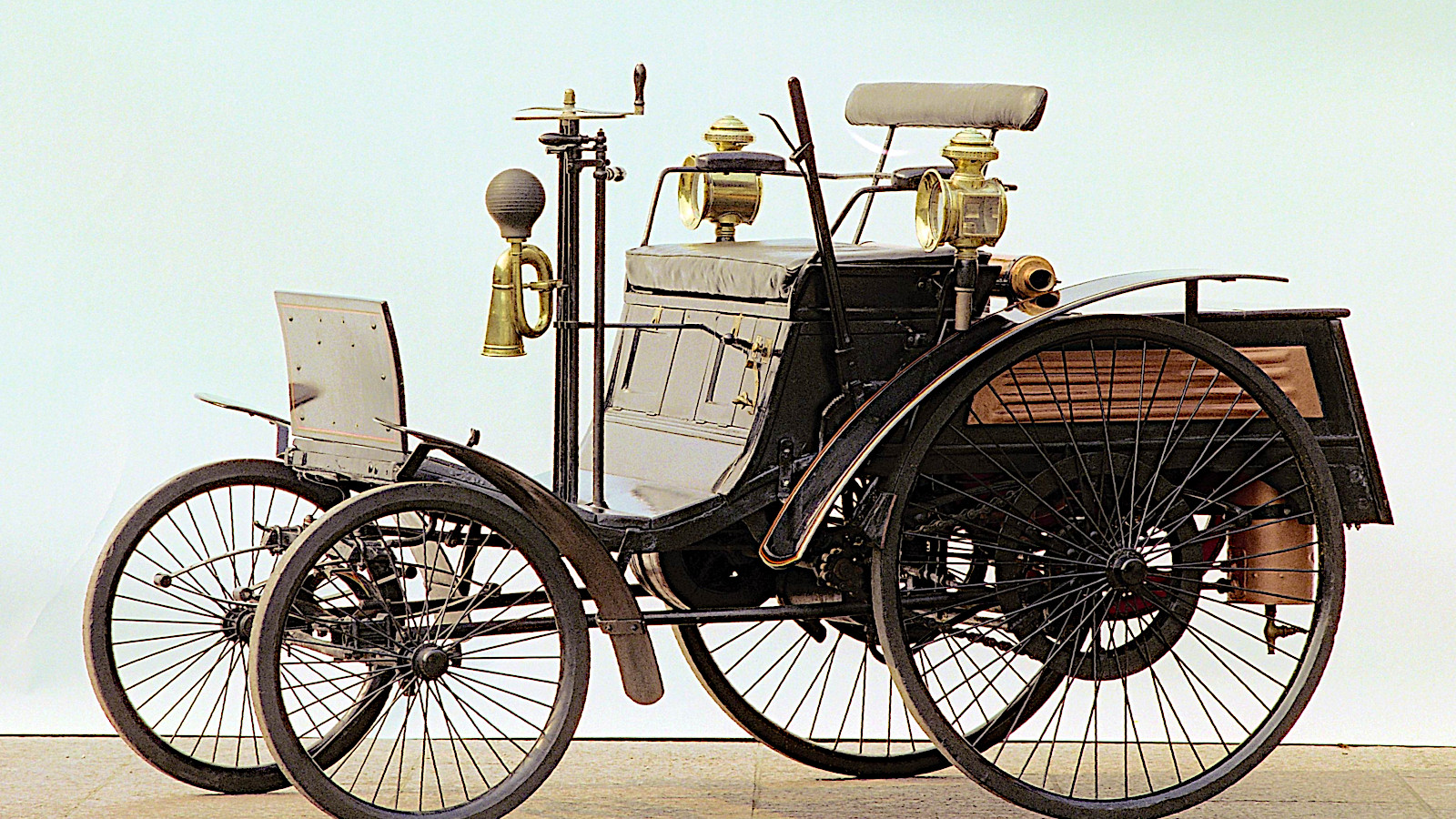 © Daimler
© Daimler -
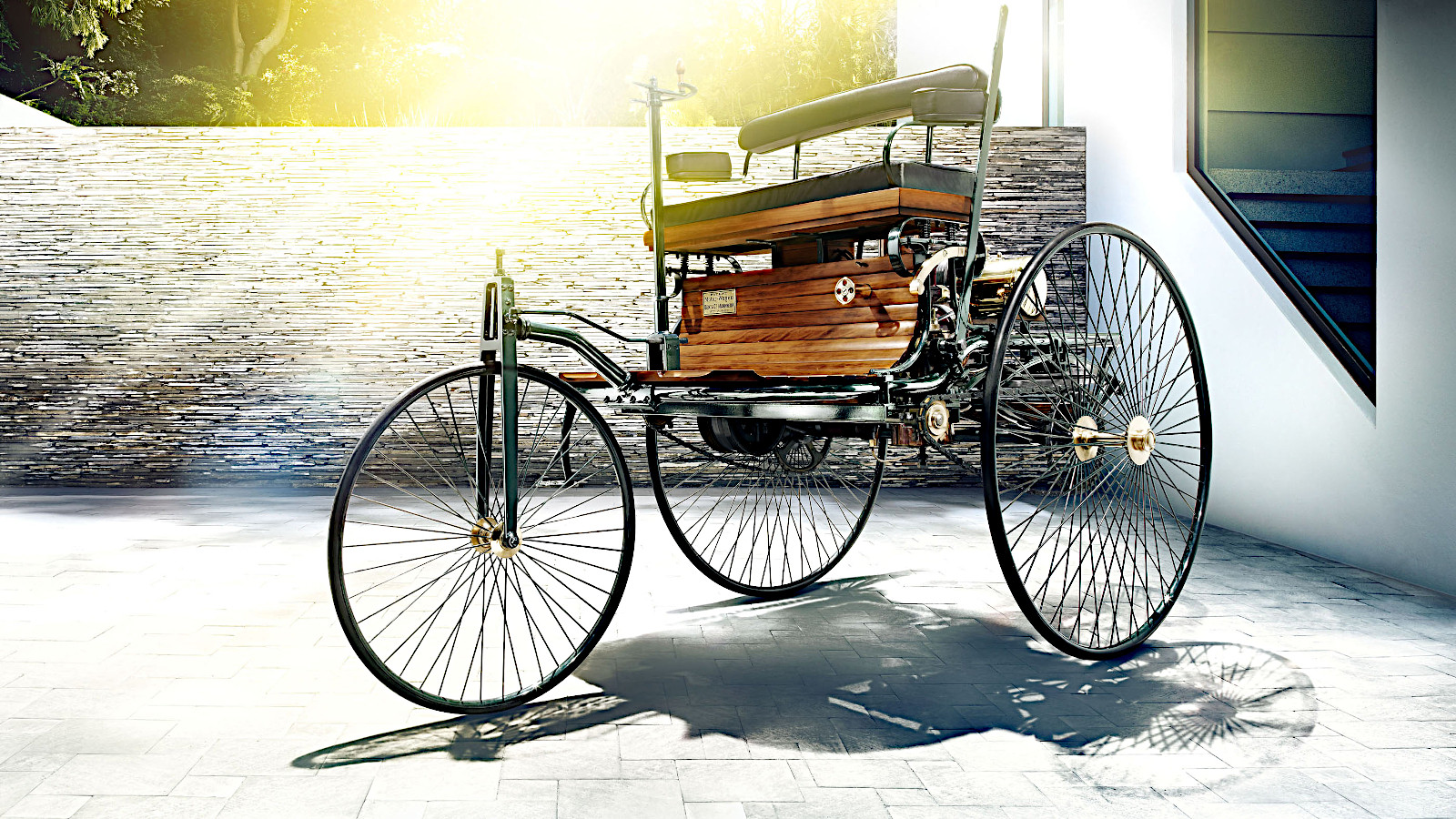 © Daimler
© Daimler
-
Sometimes it isn’t all about the go
Least powerful classic cars? Yes, you’ve read that right. And when compiling a list of this nature, it makes sense to choose an upper power limit as a first step.
We’ve gone for 20bhp, and while that might seem very restrictive, it really isn’t. Many cars have had engines which produced far less than that.
There are many reasons for this. The car may have been intended to be very cheap and economical, or it may have had to meet certain regulations, or it may simply have been created at or before the turn of the last century, when 20bhp was really quite a lot.
We’ve chosen examples from all those categories in this retrospective selection of 30 of the least powerful classic cars, which runs in descending order of power output from the feeble to the almost non-existent.
-
1. Ford Model T – 20bhp
The Model T’s engine was an inline-four with the rather large capacity of 2.9 litres.
The fact that it produced only 20bhp, or just under 7bhp per litre, shows that it was very unstressed, which of course helped reliability.
The T could manage only about 40mph flat-out, but that was all that was needed for Ford to transform the motoring world.
-
2. Renault 4CV – 17bhp
In its original 760cc form, the Billancourt engine fitted to Renault’s first post-WW2 model produced a very modest 17bhp.
Renault reduced its capacity to 747cc to suit a sub-750cc class in motorsport, but raised its power output at the same time.
In fact, the 760 was the only version which qualifies here. Even the 603cc derivative used in the short-lived Renault 3 could muster more than 20bhp.
-
3. Trabant P50 – 17bhp
With the exception of a final model powered by a 1.1-litre Volkswagen unit, nearly every Trabant had a tiny two-stroke engine.
The smallest of all was a 499cc unit fitted to the original P50. Initially producing 17bhp, it was replaced by a larger-engined version in 1962, leading to the car being renamed P60 or 600.
The later engine was also used in Trabant’s longest-lived and most famous product, the 601.
-
4. Mazda R360 – 16bhp
From 1951 to 1976, cars in the Japanese kei class were not allowed to have engines measuring more than 360cc. Many of them were unable to produce as much as 20bhp, and we’re going to take a quick look at three of them now.
The R360 was Mazda’s first passenger vehicle, preceded only by the Mazda-Go three-wheeled truck.
Its 356cc engine delivered 16bhp, which as we’ll see, was quite common for kei cars at the time.
-
5. Subaru 360 – 16bhp
Subaru’s first car was reviled in the US, but popular enough in its home market to remain in production from 1958 until 1971.
The power output of its two-cylinder two-stroke rose during this period, but it started out at just 16bhp, the lowest output of any Subaru engine.
-
6. Suzulight – 16bhp
Yet another kei car in the 16bhp club was the Suzulight, which went on sale before Suzuki began applying its own name to its cars.
A fractionally larger version of the passenger model’s two-stroke engine producing 18bhp was used in a commercial version.
-
7. Berkeley Sports – 15bhp
Berkeley Cars produced several lightweight sporting two-seaters from 1956 to 1960.
The first of these was the SA322, whose name referred to the capacity of its air-cooled two-stroke twin-cylinder British Anzani engine, which was mostly used in motorbikes.
The commonly quoted output is 15bhp, but according to an article published in The Motor Cycle in May 1956, this was based on a single dyno reading taken at 5000rpm.
British Anzani’s 242cc engine revved to 6000rpm, and the author of the article believed that “the better breathing of the larger [322cc] engine would enable it to peak at a slightly speed, so the 15bhp is probably appreciably below the ultimate”.
-
8. DKW F1 – 15bhp
DKW, the forerunner of today’s Audi, made a fortune with its motorcycles and front-wheel drive cars, all of them powered by two-stroke engines.
The first DKW car of this type was the F1, which made its debut in 1931 with a 15bhp 584cc twin-cylinder motor.
The same engine had been introduced three years earlier in DKW’s first car of all, the Typ 9, but since that car had rear-wheel drive it was not a sign of things to come in the same way that the F1 was.
-
9. Fiat Topolino – 13bhp
The first of many Fiats named 500 is better known by its nickname, Topolino, which means ‘little mouse’.
Introduced in 1936, it was a tiny car with a correspondingly tiny engine – an inline-four measuring just 569cc.
The power output would later increase, but in the early days it was a mere 13bhp. This wasn’t much, certainly, but it was enough to take Italians from A to B faster than they could walk.
-
10. Fiat 500 – 13bhp
Often referred to as the Nuova (‘new’) 500 to distinguish it from the Topolino, the little Fiat manufactured from 1957 to 1975 started off with the same 13bhp as the earliest examples of its predecessor.
Matching the Topolino’s output 21 years later might not seem impressive, but the 500 was lighter and therefore less slow.
Its engine was also considerably smaller, at just 479cc, so in terms of bhp per litre it was more impressive than the one in the Topolino.
-
11. Vespa 400 – 13bhp
The 400 was a tiny two-seater designed by Piaggio, creator of the Vespa scooter, but manufactured by ACMA (Ateliers de construction de motocycles et d’automobiles) in Fourchambault, a small town almost precisely in the middle of mainland France.
Its two-stroke twin-cylinder engine measured just 393cc and initially produced 13bhp.
A slight increase in compression ratio during the 400’s short production life increased power by a dramatic 8 percent to 14bhp.
-
12. Trojan – 11bhp
Far stranger than its conventional appearance suggested, the Trojan had a wonderfully eccentric engine whose 1.5-litre capacity makes it an unlikely candidate for inclusion in a list of sub-20bhp cars.
In fact, the four-cylinder two-stroke (mounted, despite the impression given by the high bonnet, under the seats) could muster only 11bhp.
Performance was minimal, but there were benefits. The hilariously unstressed engine was just about unburstable, and so economical that Trojan claimed it would be cheaper to drive the car for 200 miles than to walk the same distance, if you took into account how many replacement shoes a pedestrian would have to buy.
-
13. Austin Seven – 10bhp
Although most Sevens were powered by a 747cc engine, a small number were built in the first year of production with a 696cc unit whose maximum output was 10bhp.
The 747 started out with 10.5bhp, but extensive development took this first to 13bhp and later (in the Ruby introduced in 1936, which had higher compression and an extra crankshaft bearing) to 17bhp.
Even that wasn’t enough for the four-door Big Seven, whose 900cc engine doesn’t qualify for this list because it produced a mighty 25bhp.
-
14. Lloyd 300 – 10bhp
From 1936 to 1951, there were two completely separate companies (one British, one German) called Lloyd, both of which built very small cars.
The least powerful of them all was the German Lloyd 300. Introduced in 1950, its transversely mounted 293cc two-cylinder two-stroke produced 10bhp.
The same firm later introduced the even smaller-engined 250, but this had a higher output of 11bhp.
British Lloyd’s least high-performance model was the Villiers-powered 350 of the late 1930s, which produced 11.5bhp.
-
15. Iso Isetta – 9.5bhp
Even if you already know this, it’s startling to recall that the company which later built a series of very high-performance sports cars was also responsible for the Isetta bubble car.
Its 236cc engine could not quite muster 10bhp, which meant that 30 Isettas combined produced less power than a single Iso Grifo.
BMW took over the rights to manufacture the Isetta in 1955 and made many changes, including replacing the 236cc engine with its own 247.
This was more powerful, but its 12bhp output means the German Isetta is still worthy of our attention.
-
16. Citroën 2CV – 9bhp
Although modified versions can get round a race circuit with surprising haste, the Citroën 2CV in standard form is famously slow because of its tiny 602cc flat-twin.
That’s the public perception, anyway. In fact, the 602 was the largest and most powerful of several engines fitted to the car, and did not appear until a decade and a half into its long production run.
As launched in the late 1940s, the 2CV was fitted with a 375cc unit of the same basic design. It produced only 9bhp, less than a third of the power available in later models.
-
17. Heinkel Kabine – 9bhp
All the Kabine bubble cars produced by Heinkel used versions of a single-cylinder four-stroke engine which was available in capacities of 174cc, 198cc and 204cc.
Even the smallest of these produced similar power to the original Citroën 2CV engine even though it was less than half the size.
According to contemporary Heinkel publicity material, the 174 produced 9.2bhp, which could mean that it was in fact a tiny bit more powerful than the 2CV.
However, we’re not yet at the stage where we’re attempting accuracy to the nearest 0.1bhp. That will come later.
-
18. Messerschmitt KR175 – 9bhp
Launched very slightly earlier than the Heinkel Kabine, the KR175 had a Fichtel & Sachs single-cylinder engine of almost exactly the same capacity (173cc) and very similar power.
Estimates of its precise output vary between 9.0 and 9.5bhp, which we reckon is close enough to declare a three-way tie with the Citroën and Heinkel units.
The later KR200 had a 191cc engine, again supplied by Fichtel & Sachs, which produced 10bhp.
-
19. Cadillac Model A – 6.5bhp
Cadillac’s first car bore a remarkable resemblance to the Ford Model A, no doubt because the company was created from the remains of one founded by Henry Ford.
Although they looked similar, the cars had different engines. While the Ford used a 1668cc flat-twin, the Cadillac was powered by a 1609cc single. Known as Little Hercules, it was controlled by variable inlet valve timing rather than a conventional throttle.
The output of Little Hercules was latterly quoted at 10bhp, but according to contemporary advertising it originally produced 6.5bhp, which would barely be enough to turn the wheels of a modern Escalade.
The lower figure may have been the result of trickery. There has been speculation that Cadillac pretended Little Hercules had less power than it actually did, so customers would be surprised by how well the car performed.
-
20. Bond Minicar – 5bhp
Bond’s first car was a three-wheeler which went into production in 1949.
Power, such as there was, came from a 122cc Villiers 10D single-cylinder ’bike engine.
This produced 5bhp, and was used only briefly. The 197cc Villiers 6E, which produced a sturdier 8bhp, was introduced to the range early on, and soon replaced the 10D entirely.
-
21. Oldsmobile Curved Dash – 5bhp
The Curved Dash is credited with being the first car assembled on a production line using interchangeable parts, though the workers had to move along the line rather than wait for the parts to move towards them, as was the case with the Ford Model T.
Production began in 1901, when outputs of less than 10bhp were very common.
In fact, the Curved Dash achieved only half that figure, though since it was very light it could reach 20mph even with just 5bhp available.
-
22. Vauxhall 5hp – 5bhp
The 5hp was the first Vauxhall car, and one of only two manufactured entirely in London before the company moved to Luton in 1905.
Its engine was a single-cylinder 978cc unit which produced 5bhp at 900rpm.
84 examples were built between May 1903 and February 1904, at which point the engine was replaced by a longer-stroke 1029cc version capable of 6bhp at the same revs.
Many British cars, including the Austin Seven, were named after their RAC horsepower rating, which was calculated for tax purposes, but this was not introduced until 1910, long after these early Vauxhalls went out of production. If it had been brought in a decade earlier, they might both have been called 6hp (or, if absolute accuracy were sought, 6.4hp). Instead, they were named after their power outputs.
-
23. Peel P50 – 4.2bhp
Credited as the smallest production car ever made, and one of the very few manufactured on the Isle of Man, the P50 was powered by an appropriately tiny engine.
Supplied by DKW, the single-cylinder two-stroke unit measured just 49cc and produced 4.2bhp. Modest though these numbers undoubtedly are, they represent an impressive specific output of over 85bhp per litre.
A continuation model launched in 2011 also had a 49cc single-cylinder engine – a four-stroke Honda this time – which was only slightly more powerful at 4.8bhp.
-
24. Opel Patent Motorwagen – 3.5bhp
Opel never built a car during the lifetime of its founder, Adam Opel, who started out in the sewing-machine business.
Three years after his death in 1895, the family decided to try its hand at manufacturing automobiles.
The first model was officially known as the Opel Patent Motorwagen System Lutzmann after Friedrich Lutzmann, from whom Opel bought the rights to build it. Its single-cylinder 1.5-litre engine was the least powerful in Opel history, producing just 3.5bhp.
Lutzmann is no longer well remembered, but Opel’s current headquarters, factory, design centre and museum are all located on the Friedrich-Lutzmann-Ring in Rüsselsheim.
-
25. Peugeot VLV – 3.5bhp
In the approximately century-long period when nobody gave much thought to electric cars, very few major manufacturers troubled themselves to build one.
Peugeot was an exception. From 1941 to 1943, it produced 377 examples of the VLV (short for voiturette légère de ville, or ‘light town car’) to get round a wartime petrol shortage in France before being ordered to stop.
The VLV’s 3.5bhp motor didn’t allow even this tiny car to exceed 20mph, but that wasn’t the point.
In any case, a contemporary review emphasised that a VLV driver “can achieve the same performance as a first-class trained cyclist, and without the least tiredness”.
-
26. Brütsch Mopetta – 2bhp
At just 48cc, the ILO V50 engine fitted to the almost microscopic Brütsch Mopetta was the smallest ever used in a production car, if a run of 14 examples counts as production.
Intended for two-wheelers, it produced just 2bhp at full chat.
This may strike you as the absolute minimum, but several other cars had either the same output or an even lower one.
-
27. Peugeot Type 2 – 2bhp
After a brief experiment with the steam-powered Type 1 tricycle, which the company has since referred to as a trial run, Peugeot switched to an internal combustion engine for its first ‘proper’ model.
The engine in question was a 565cc V-twin designed by Daimler but built under licence and supplied to Peugeot by Panhard et Levassor, which also (very unenthusiastically) marketed the Type 2.
Maximum output was only 2bhp, but that was enough for a car which found its first buyer in 1891.
Peugeot continued to use the engine for three years before switching to another Daimler twin of more than twice the capacity and almost double the power.
-
28. Renault Voiturette – 1.7bhp
The original Voiturette (French for ‘little car’) had a 273cc De Dion engine which produced significantly less than 2bhp.
Strange as it may seem now, the resulting performance was so startling that the car became arguably the most significant Renault would ever build.
On Christmas Eve 1898, Louis Renault astonished onlookers by demonstrating that it could chug up the intimidatingly steep Rue Lepic in Paris without the driver having to get out and push.
By midnight, he had taken orders for a dozen replicas. This led directly to the Renault company being established the following year.
-
29. Benz Velo – 1.5bhp
As we’ve seen, the Oldsmobile Curved Dash was the first car built on an assembly line, and the Ford Model T the first built on a moving one.
The Benz Velocipede, usually known as the Velo, has a smaller but still respectable claim to fame. With more than 1200 built from 1894 to 1902, it can reasonably be described as the first mass-produced car.
Very much smaller and lighter than the roughly contemporary Benz Viktoria, whose 1730cc engine produced 3bhp to start with and doubled its output during production, the little Velo performed adequately with the help of a 1045cc unit capable of just 1.5bhp.
More power soon became available. A better-equipped version of the Velo known as the Comfortable reached 3.5bhp in 1901.
-
30. Benz Patent Motorwagen – 0.72bhp
Possible candidates for the world’s first car date back to at least 1770, but Carl Benz’s 1885 machine usually gets the credit.
In this original form, the Patent Motorwagen had a 954cc single-cylinder engine producing just under three-quarters of a brake horsepower.
As with the Velo, development was rapid. Several more examples were built over the next nine years, and by the end of it all the Patent Motorwagen had a 1990cc engine and, at 3bhp, about four times the original power output.
